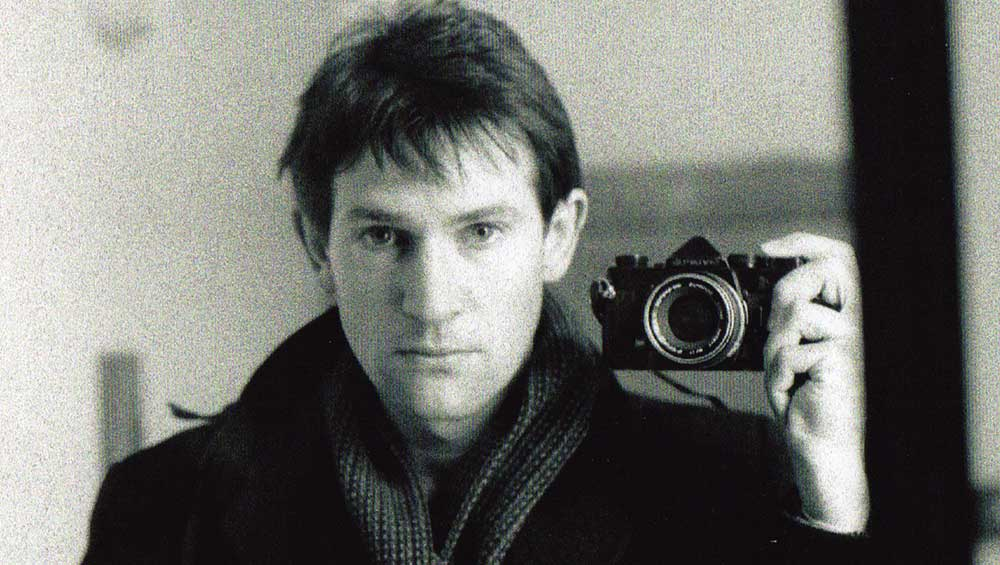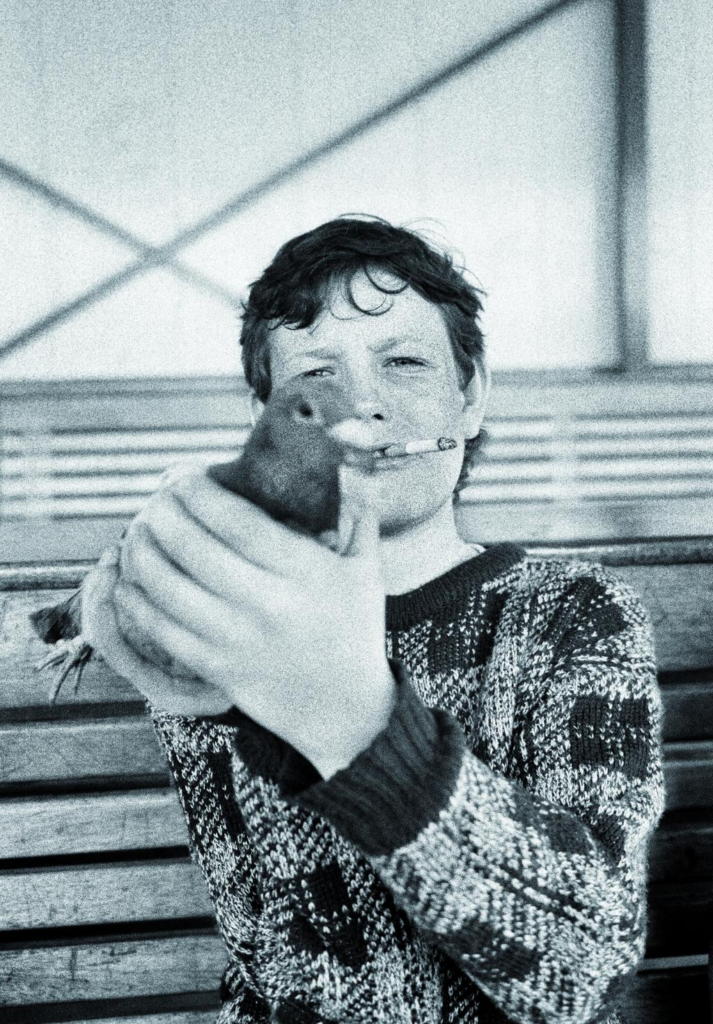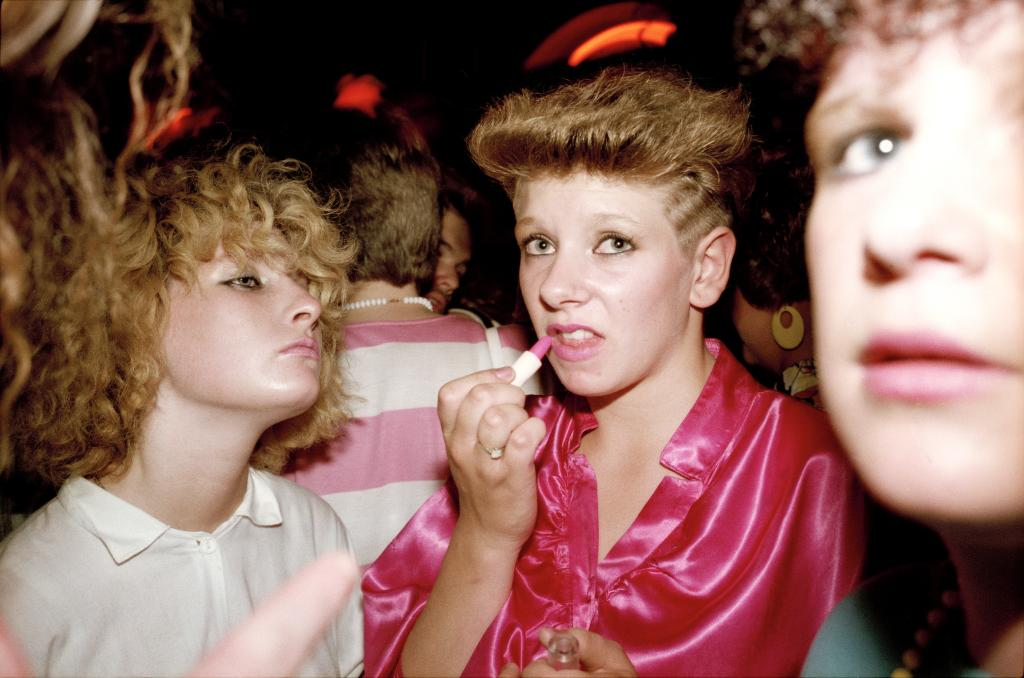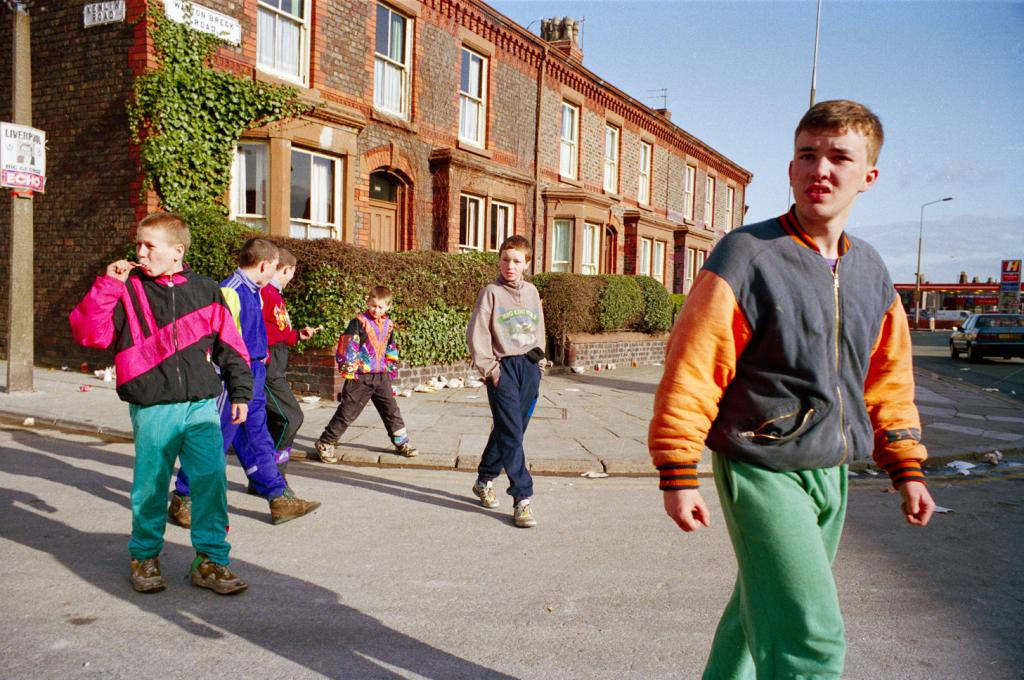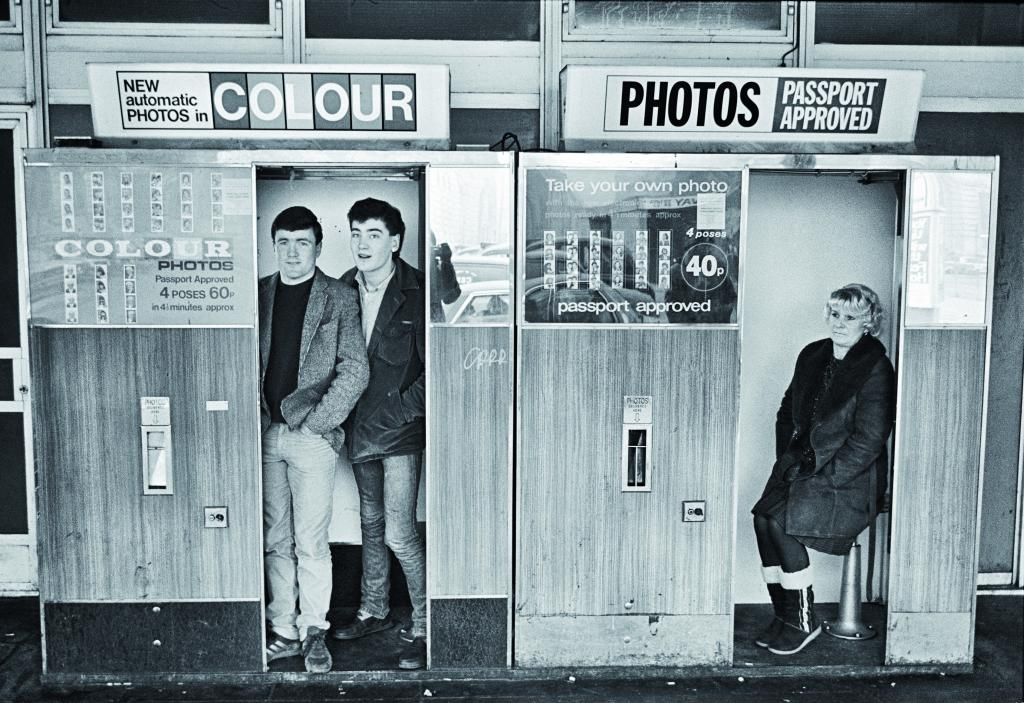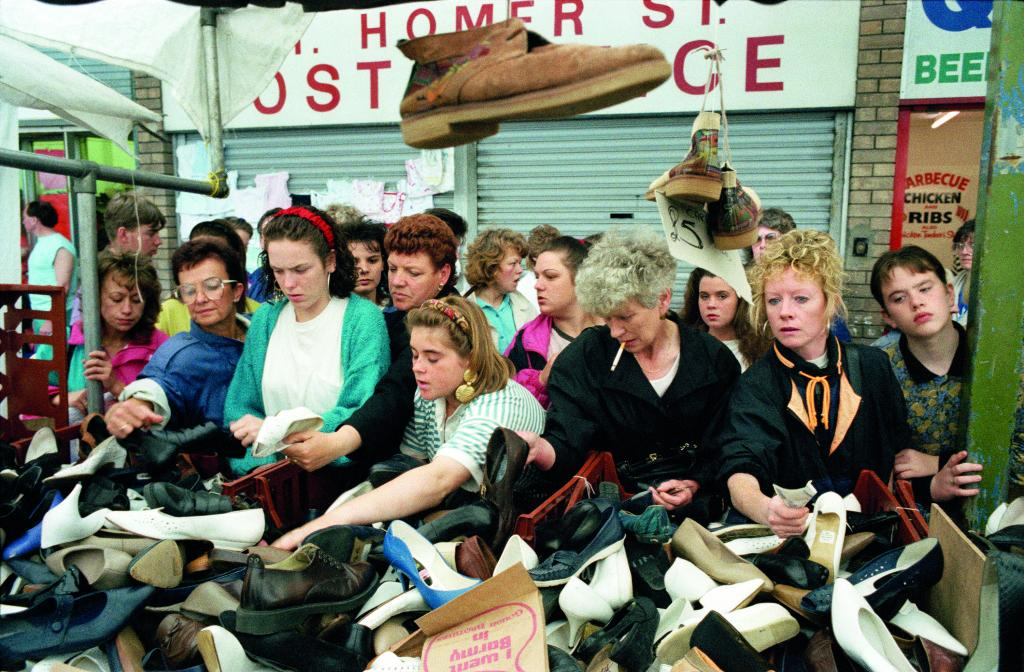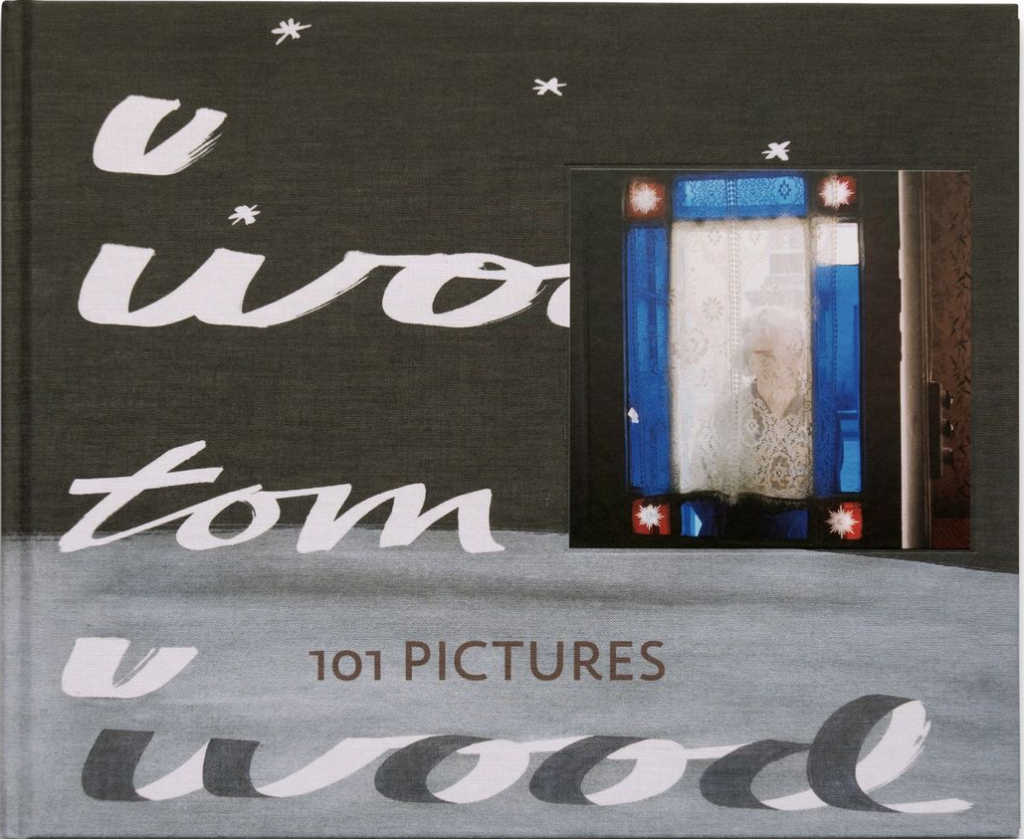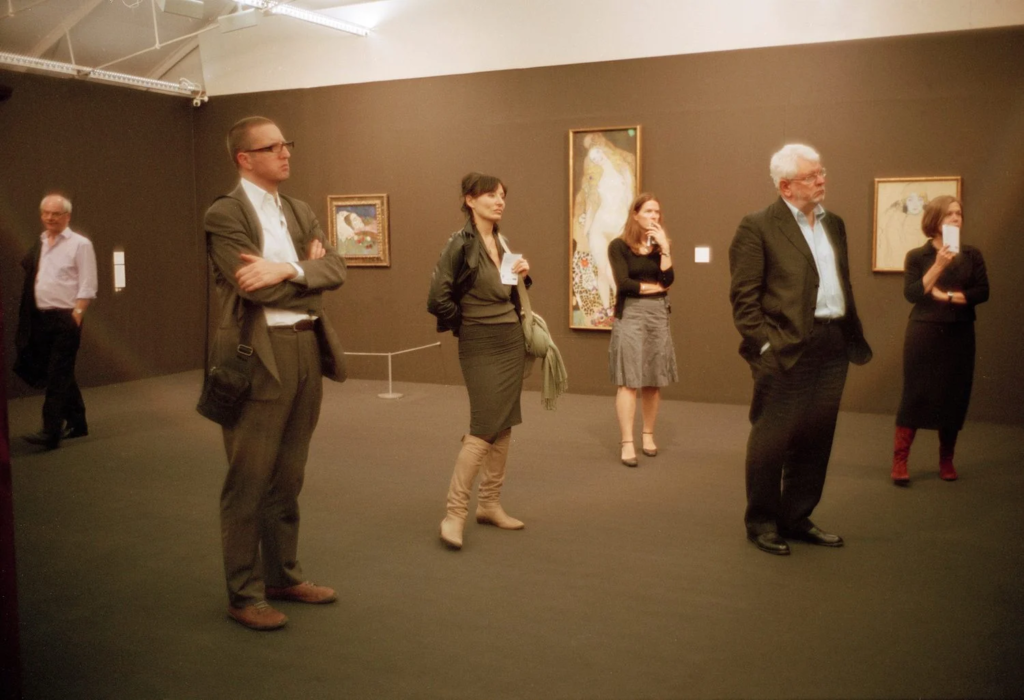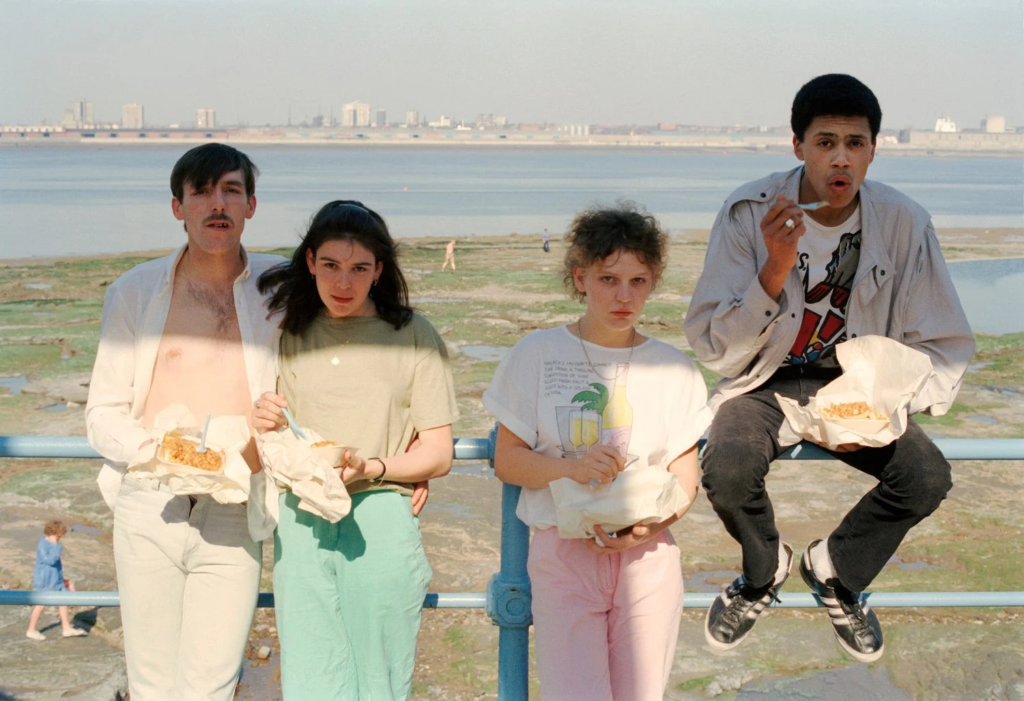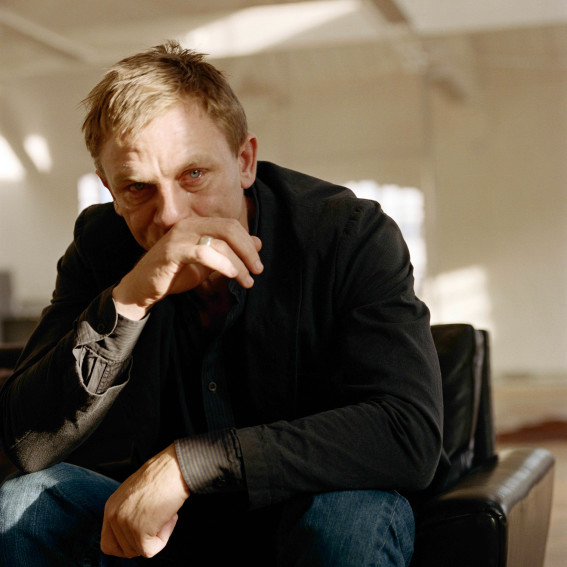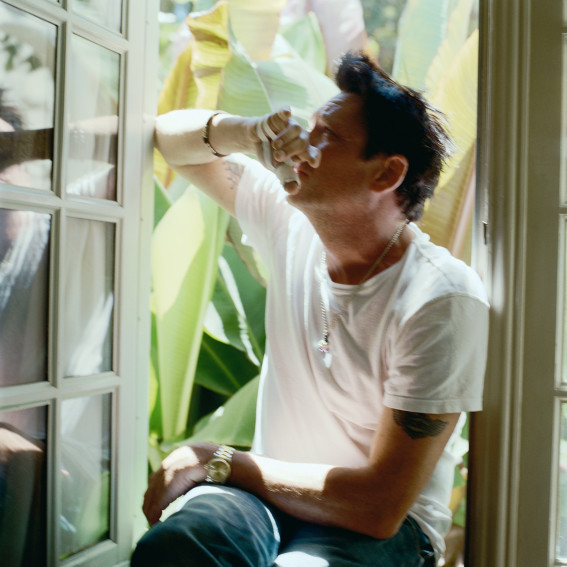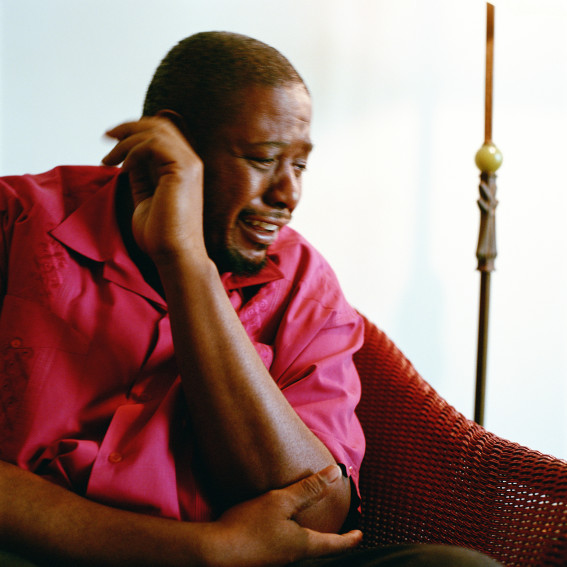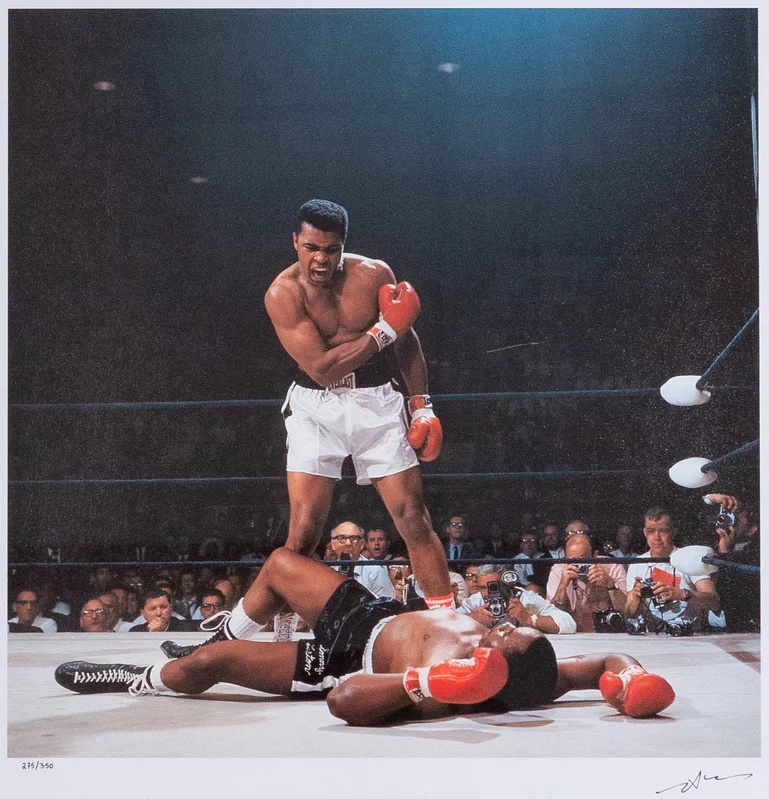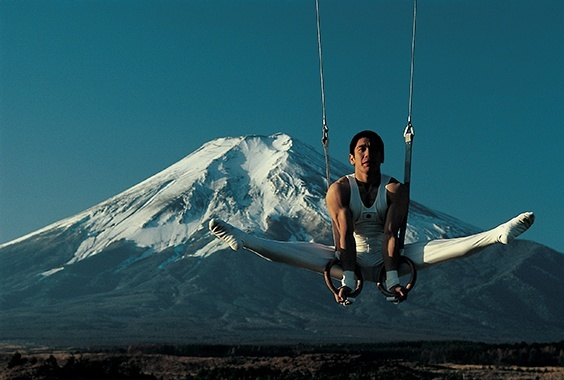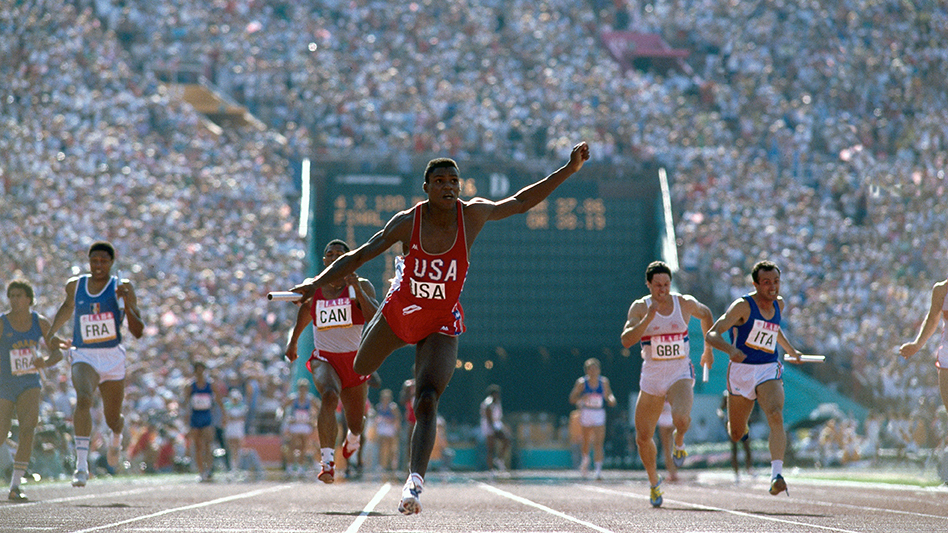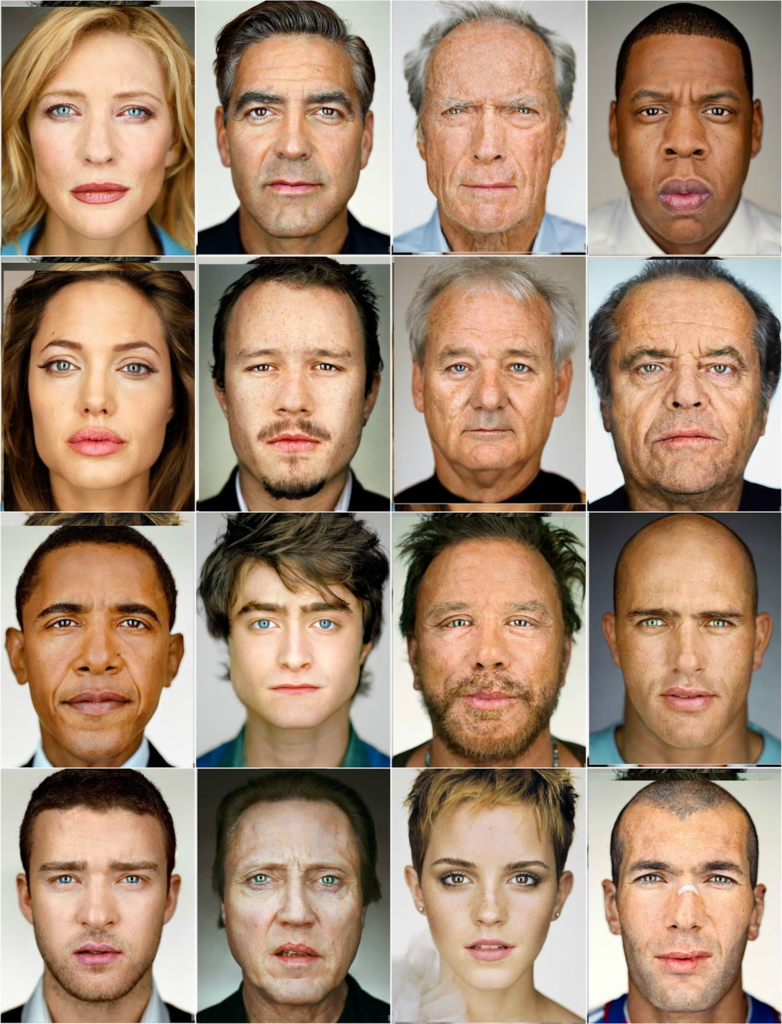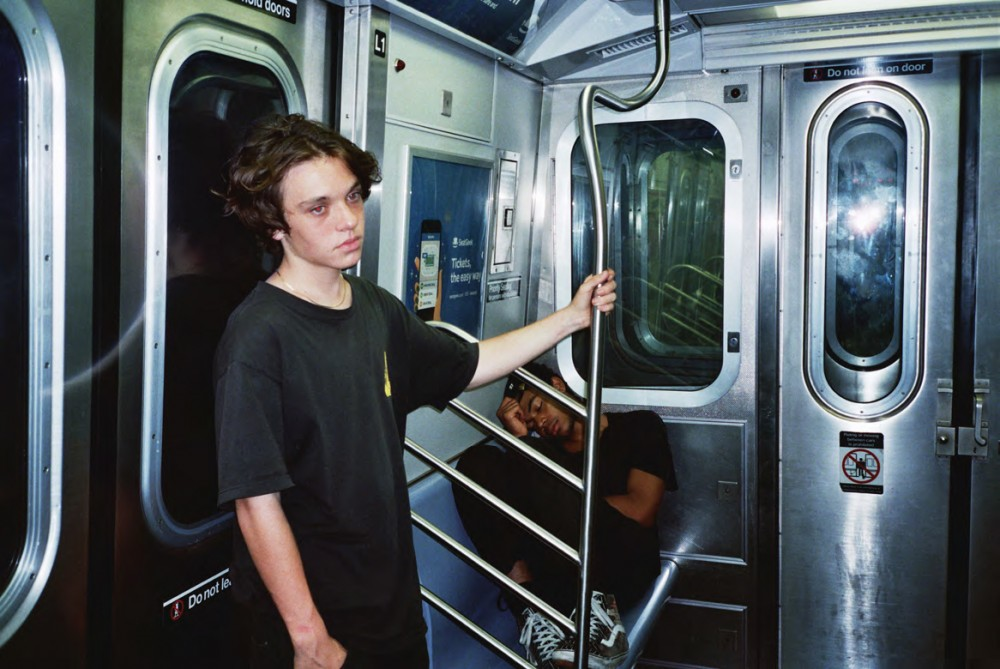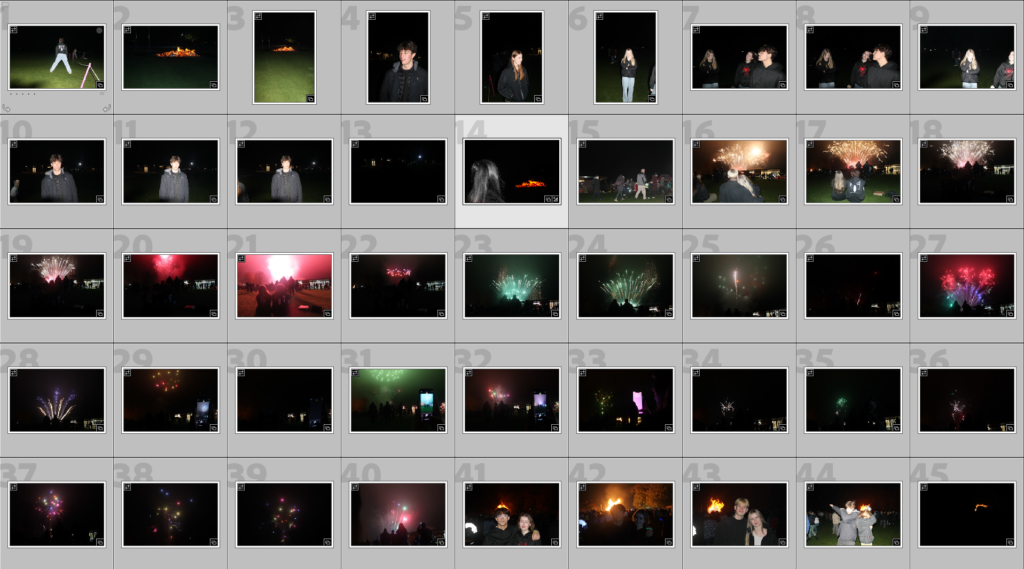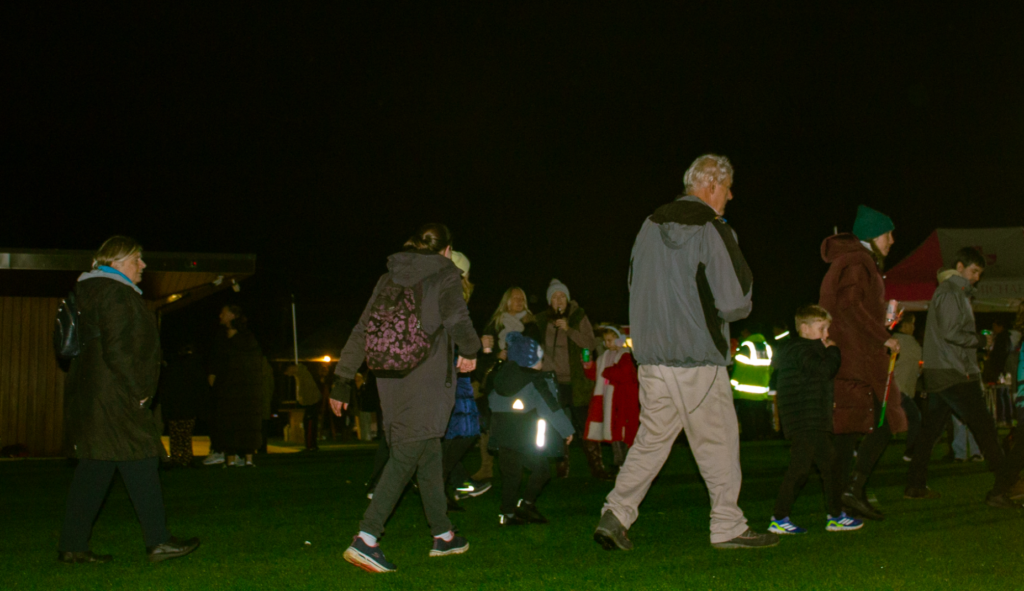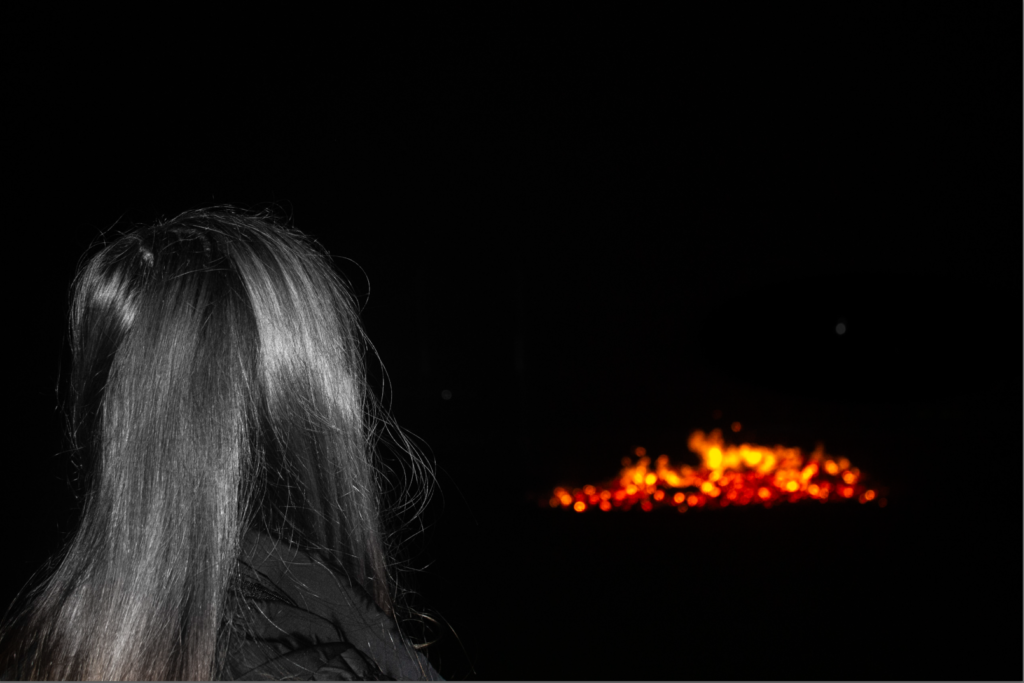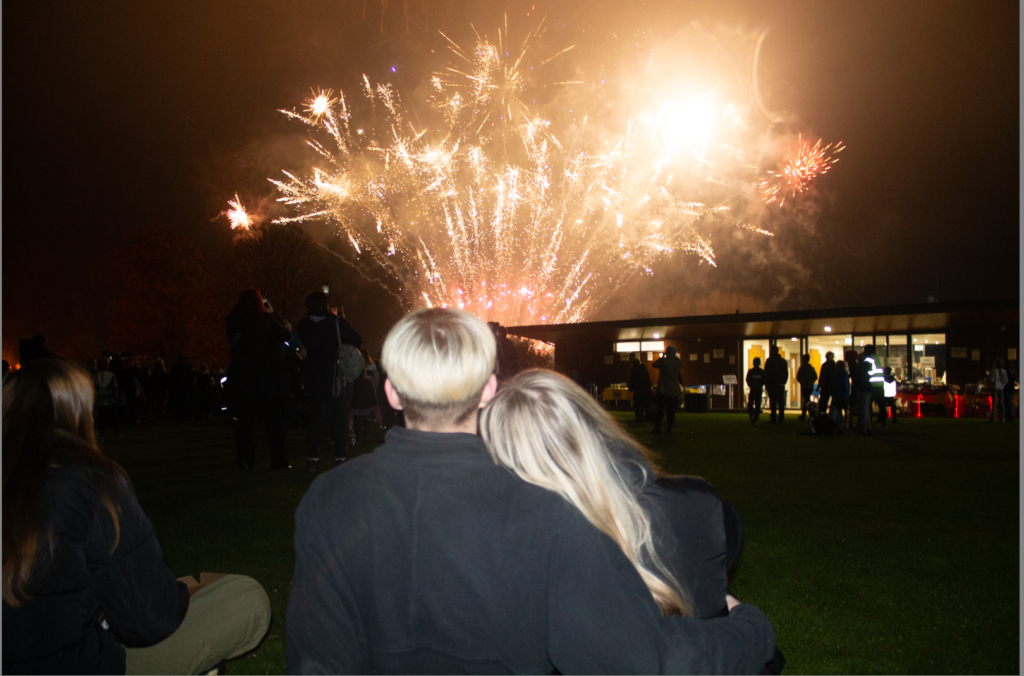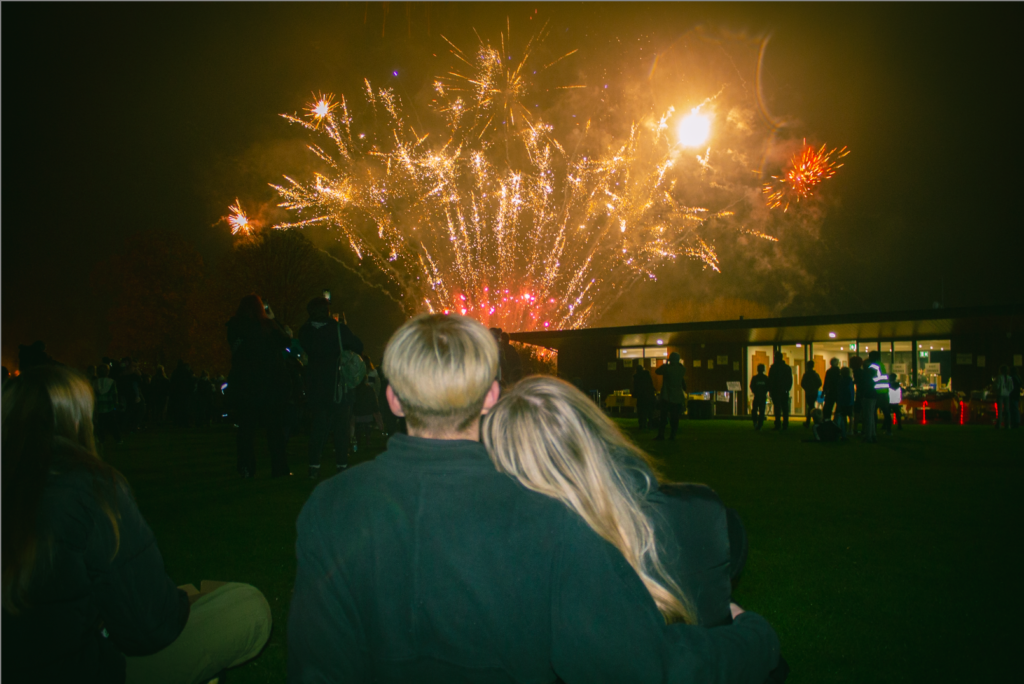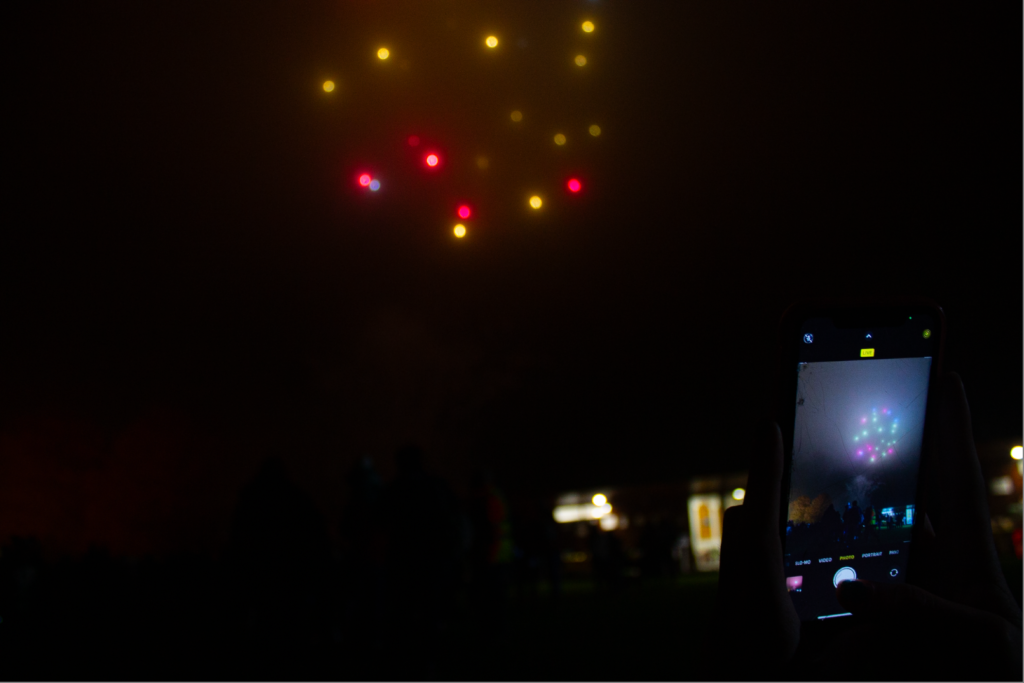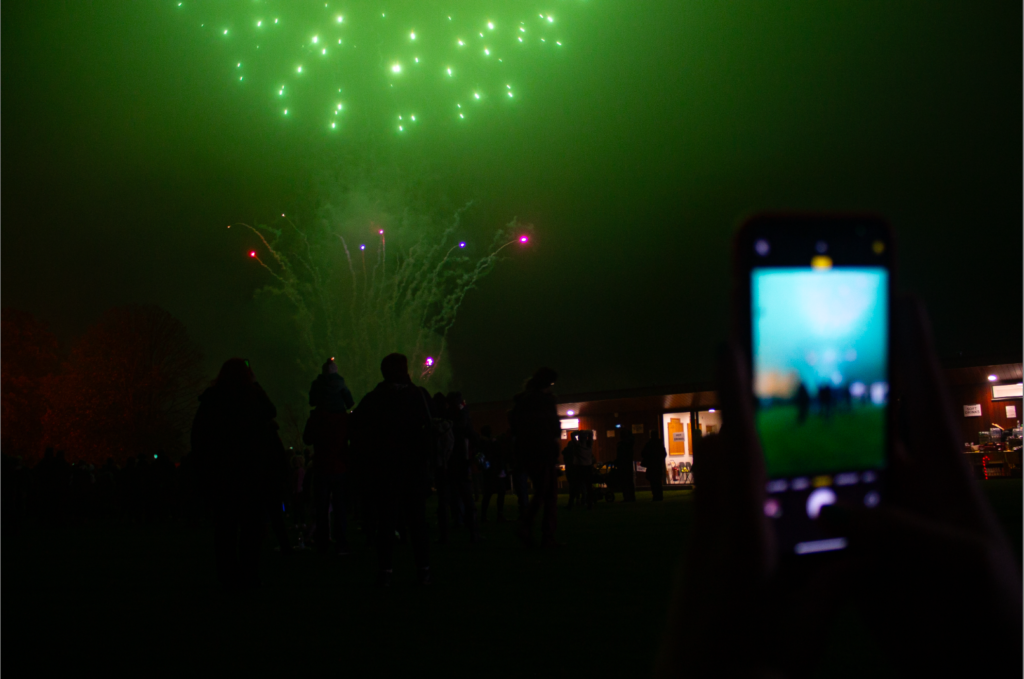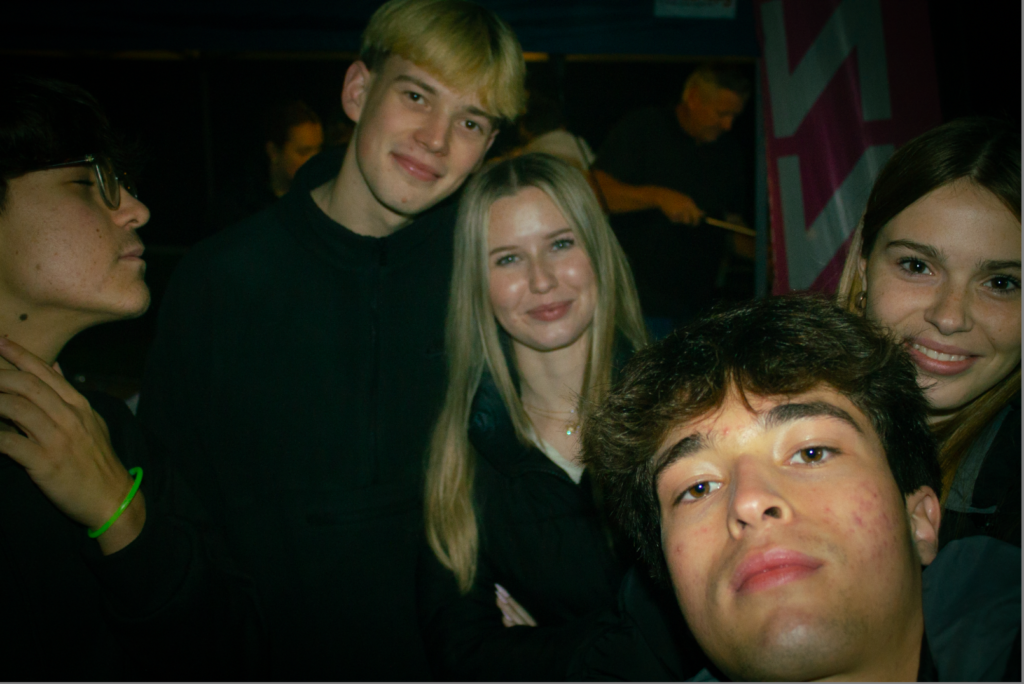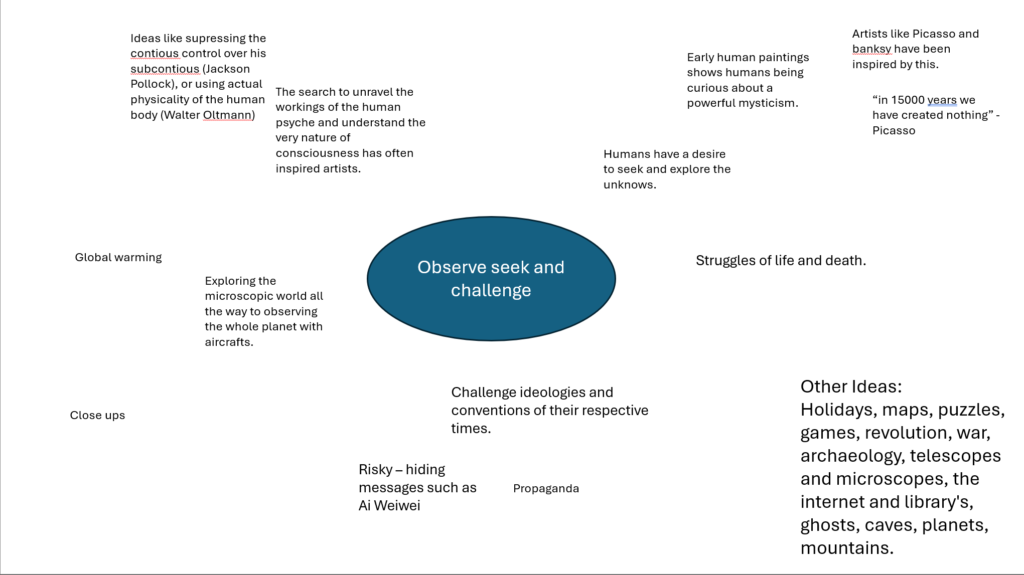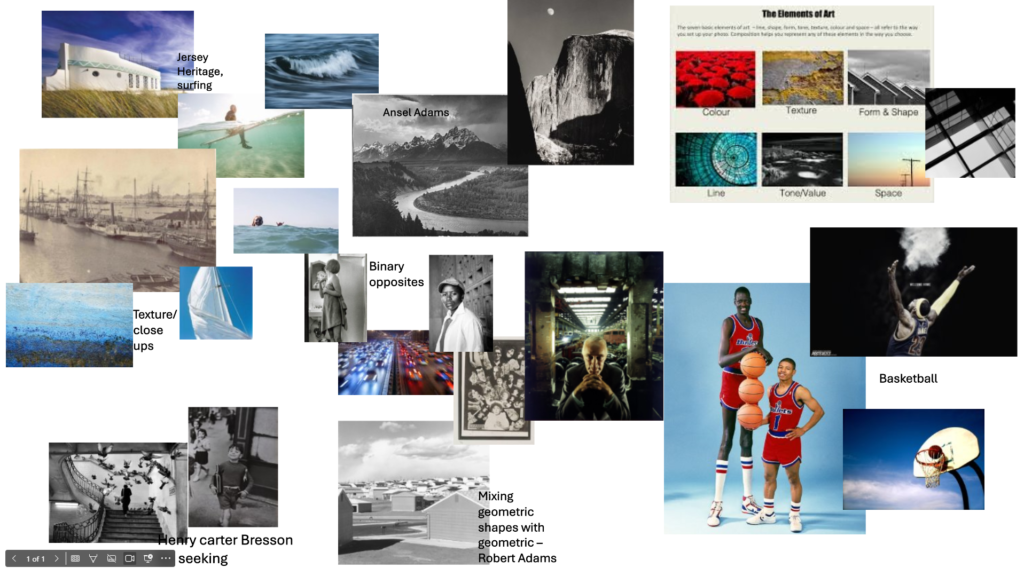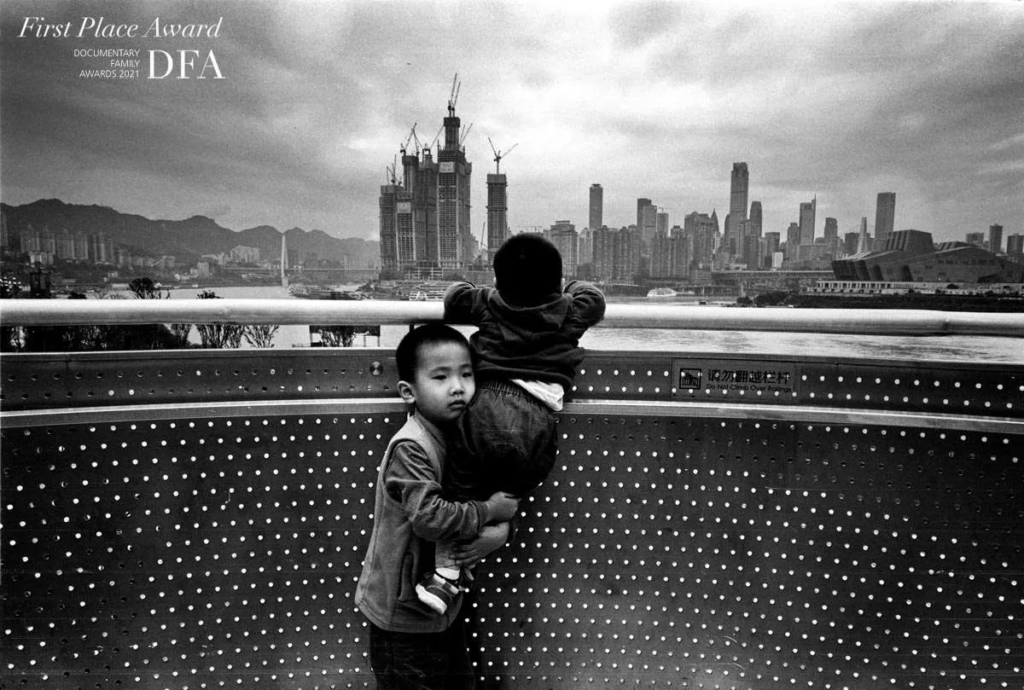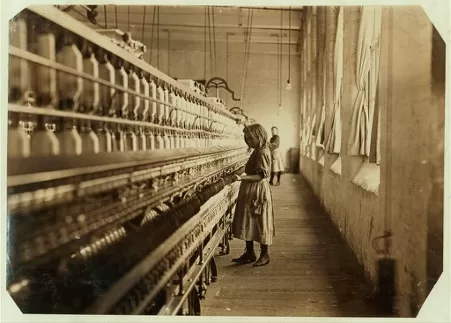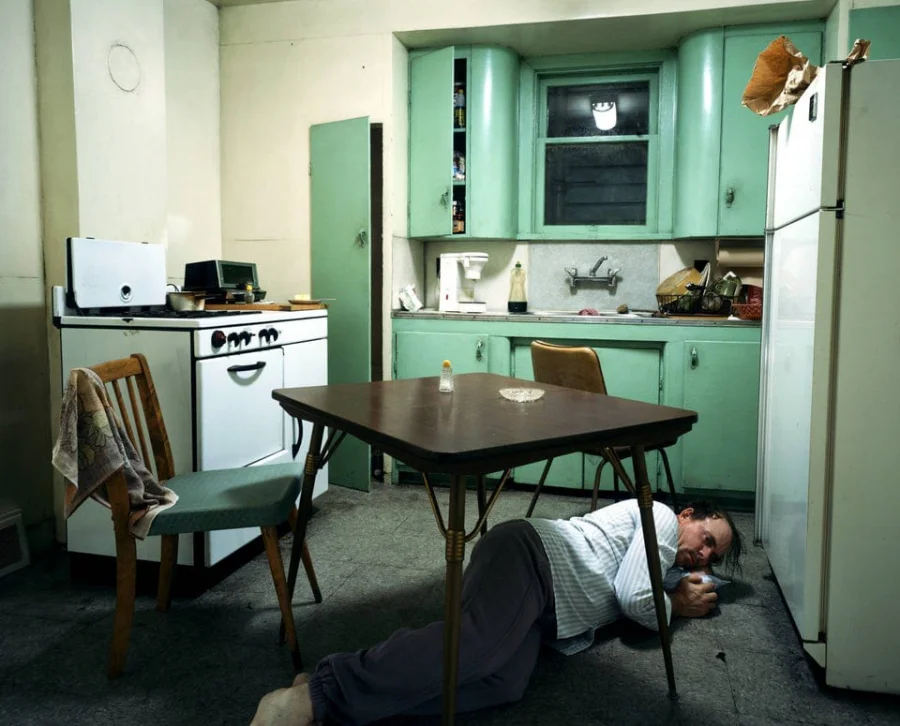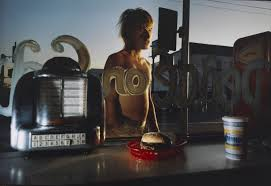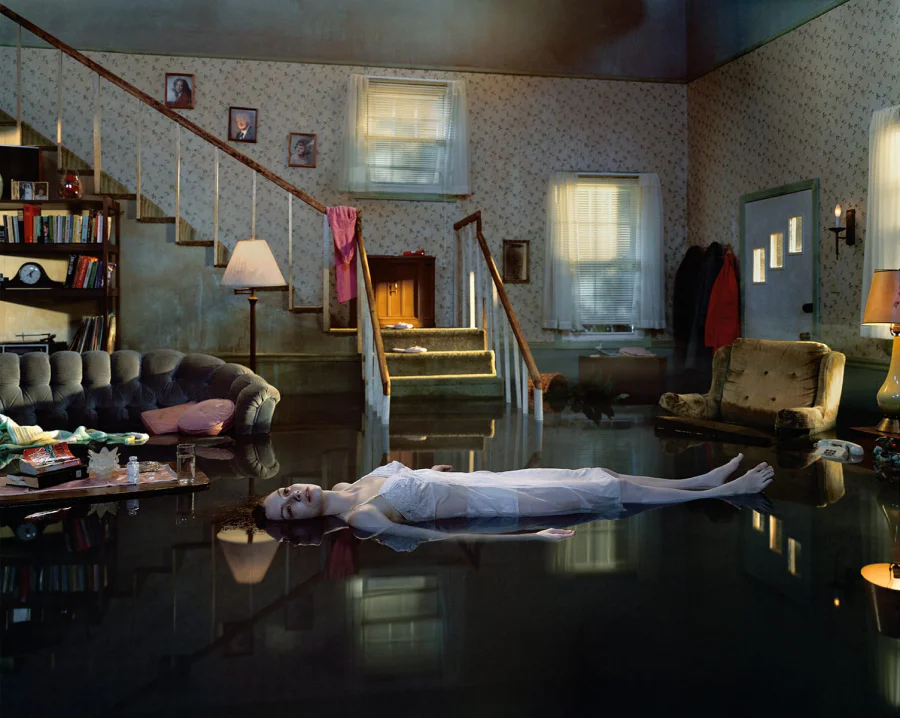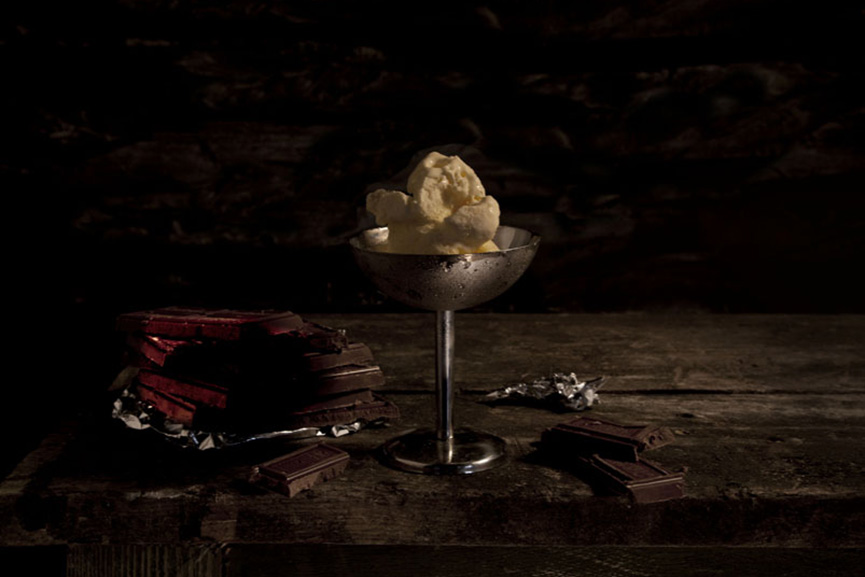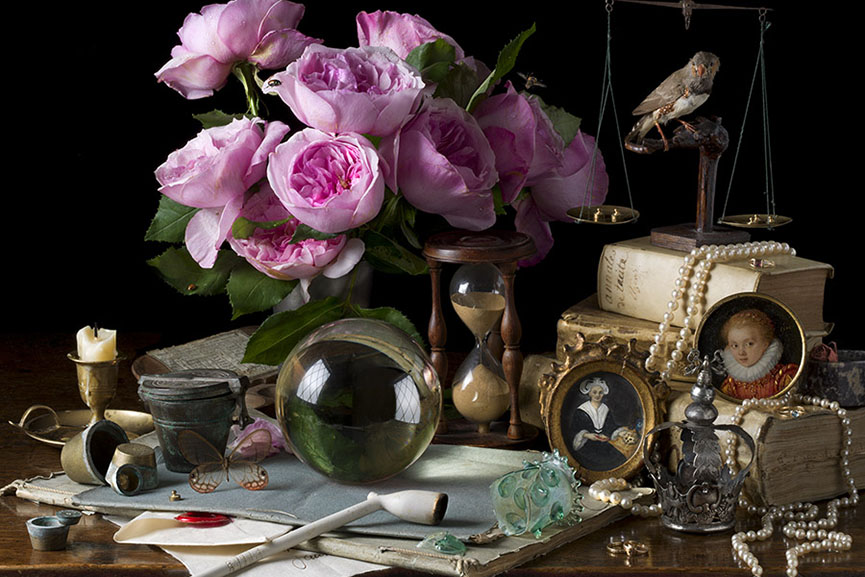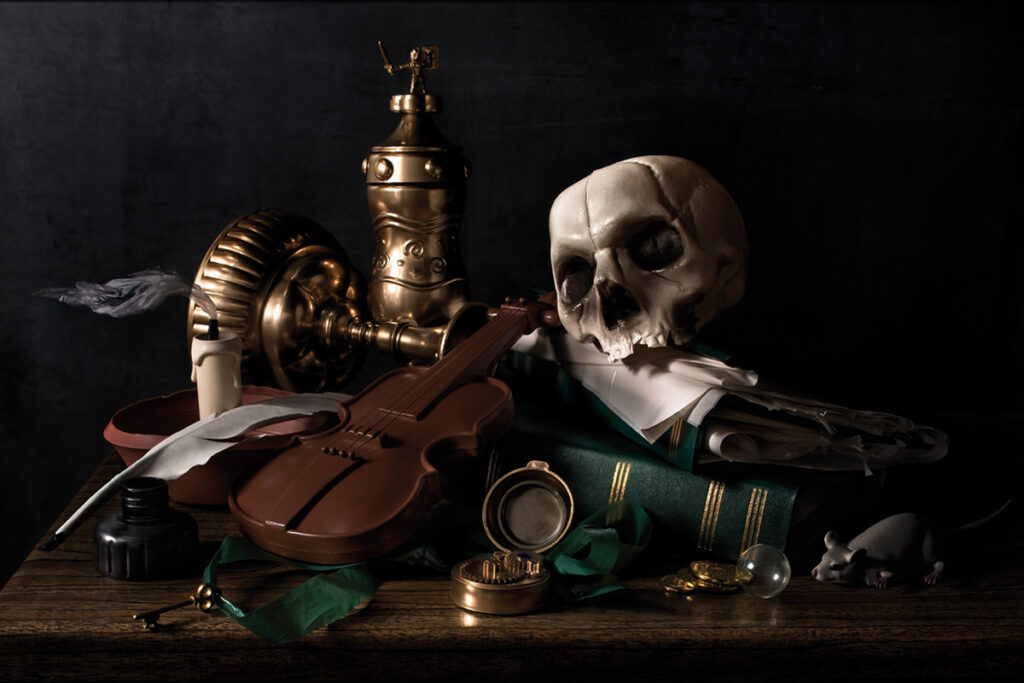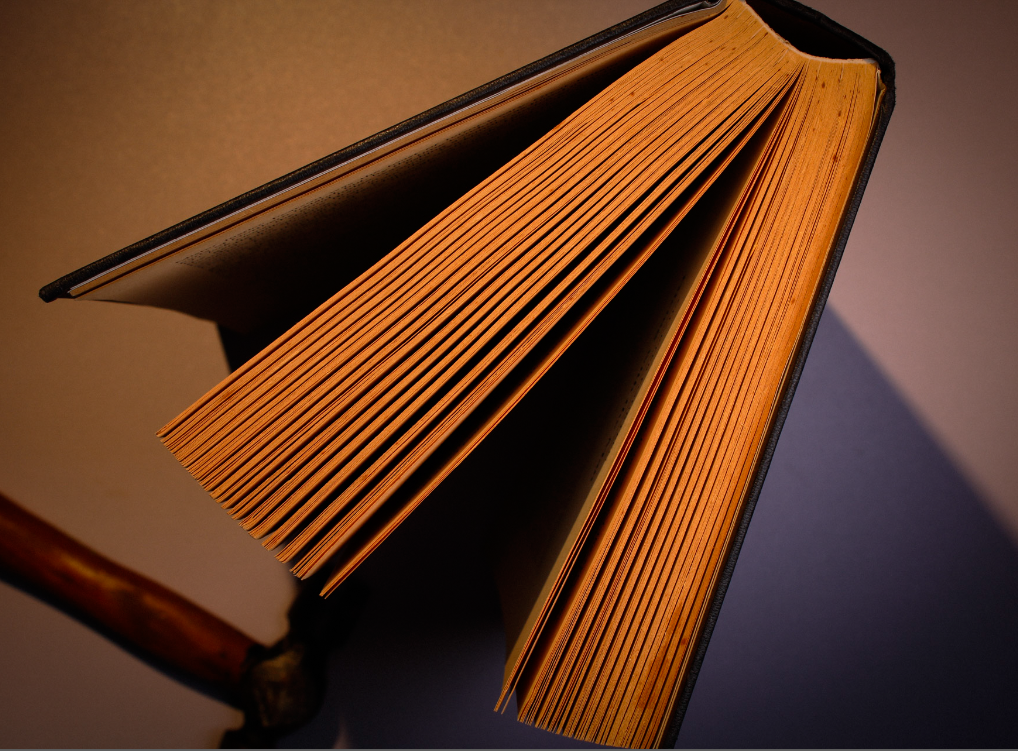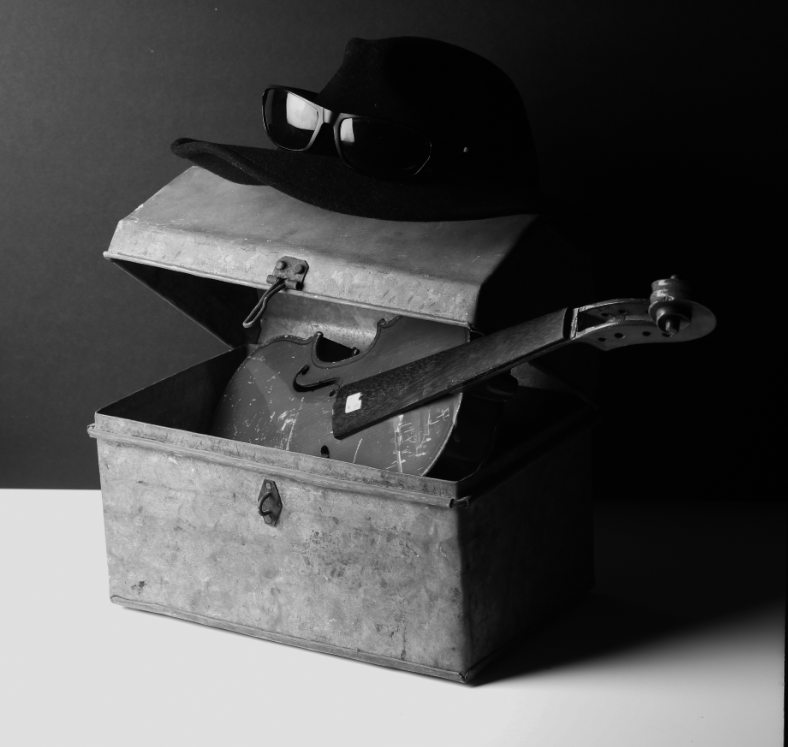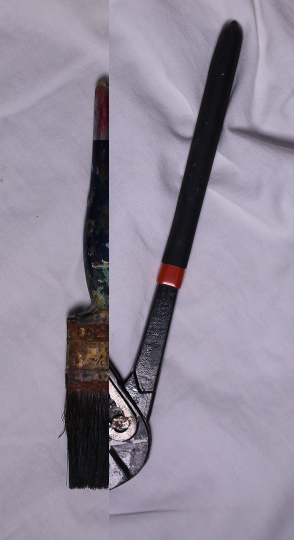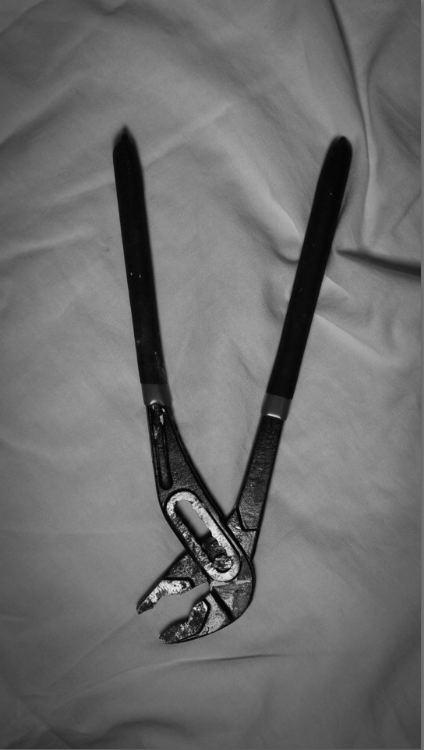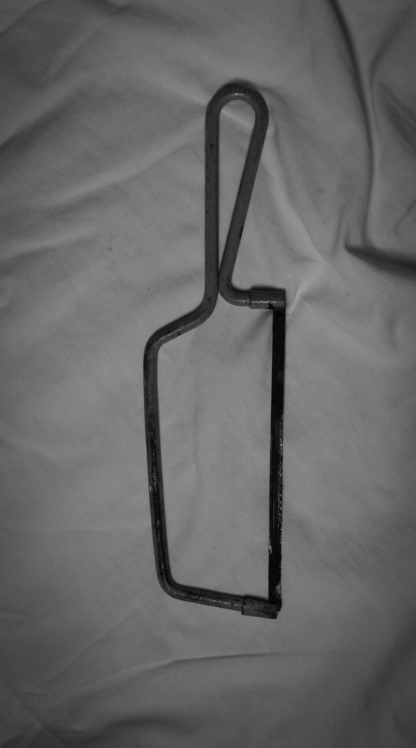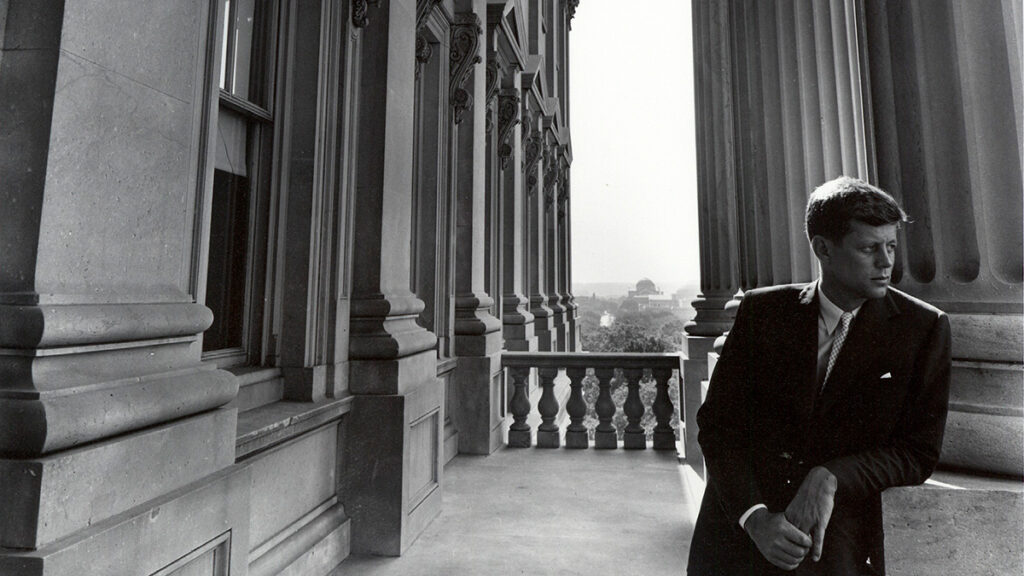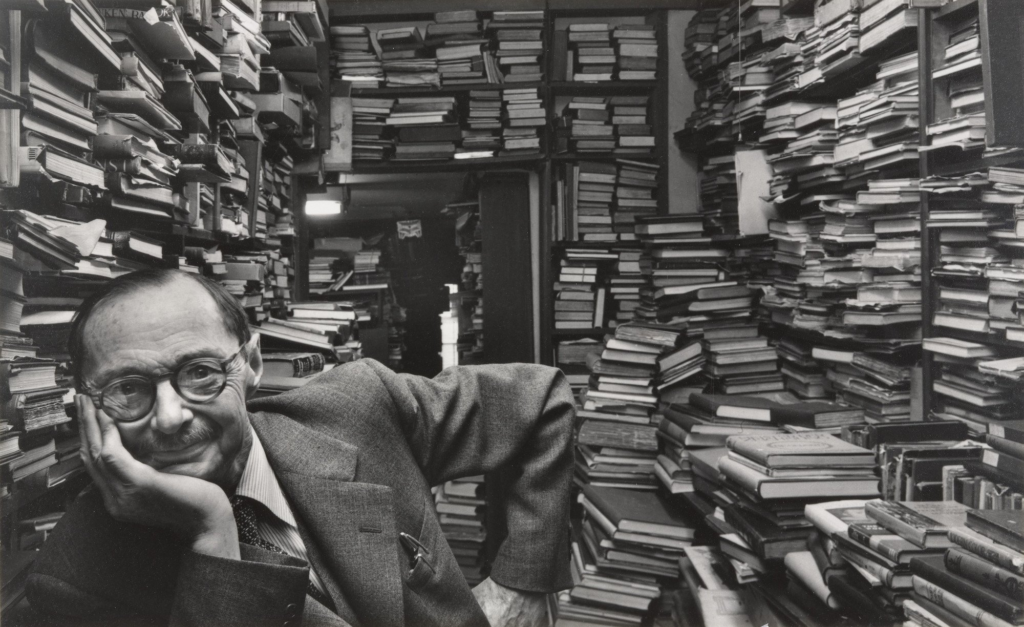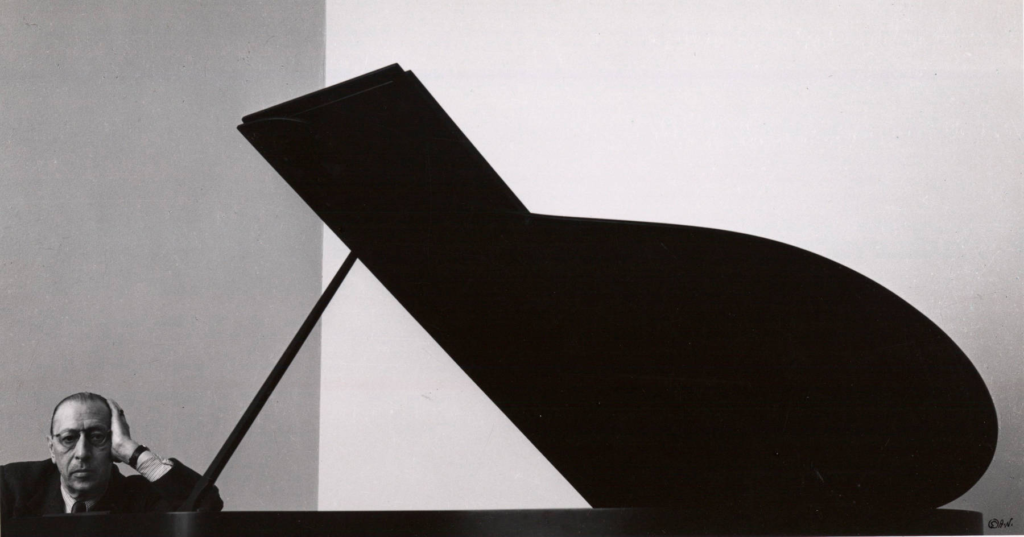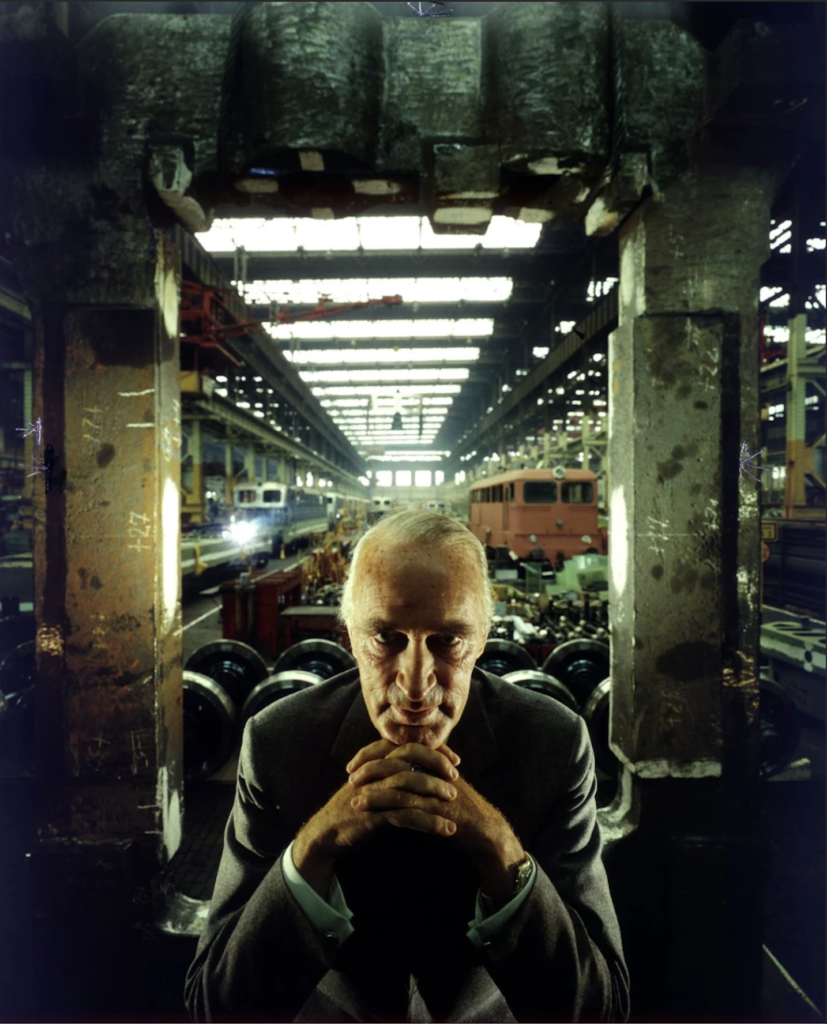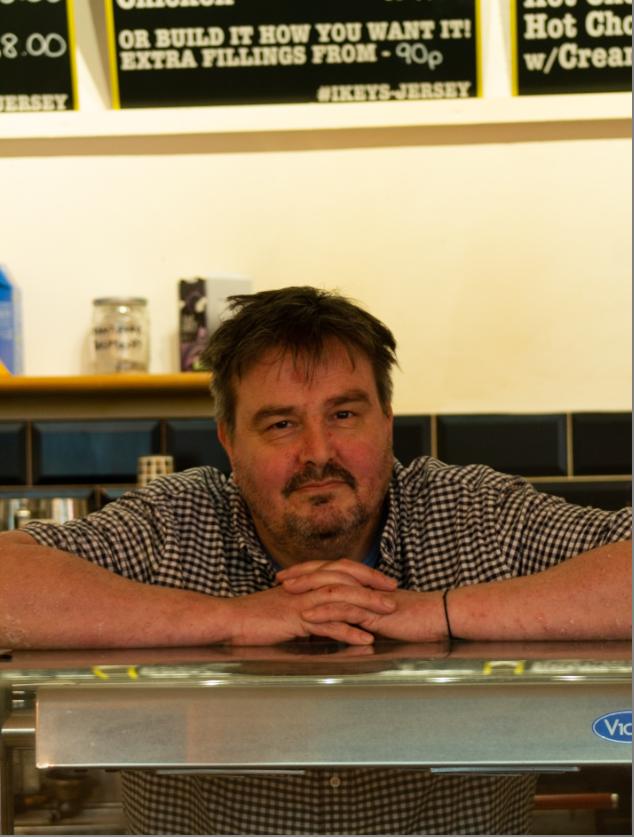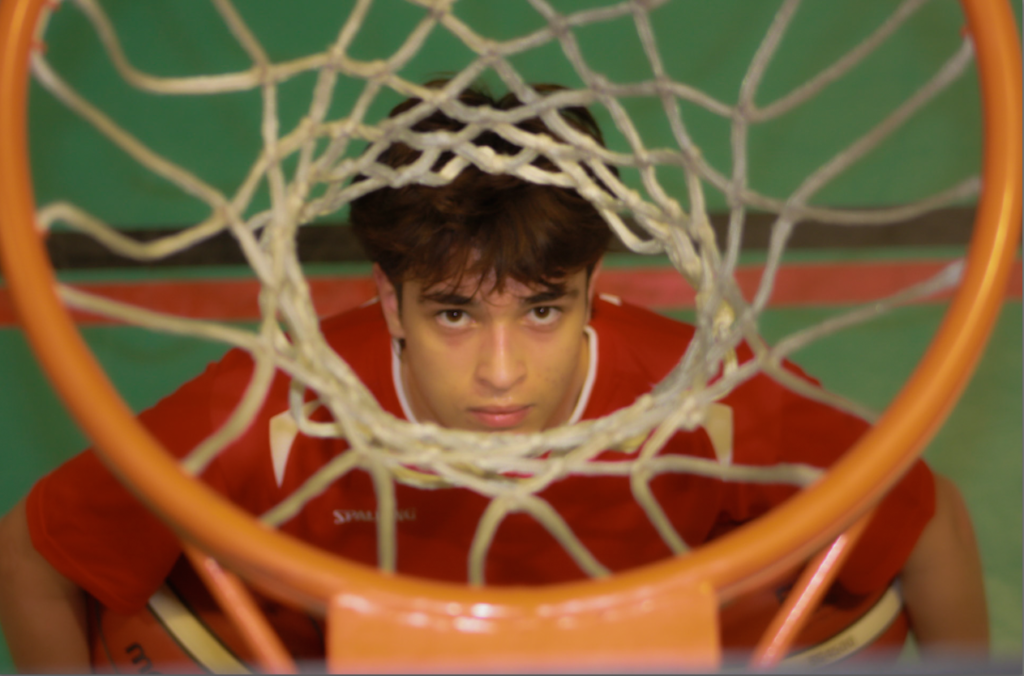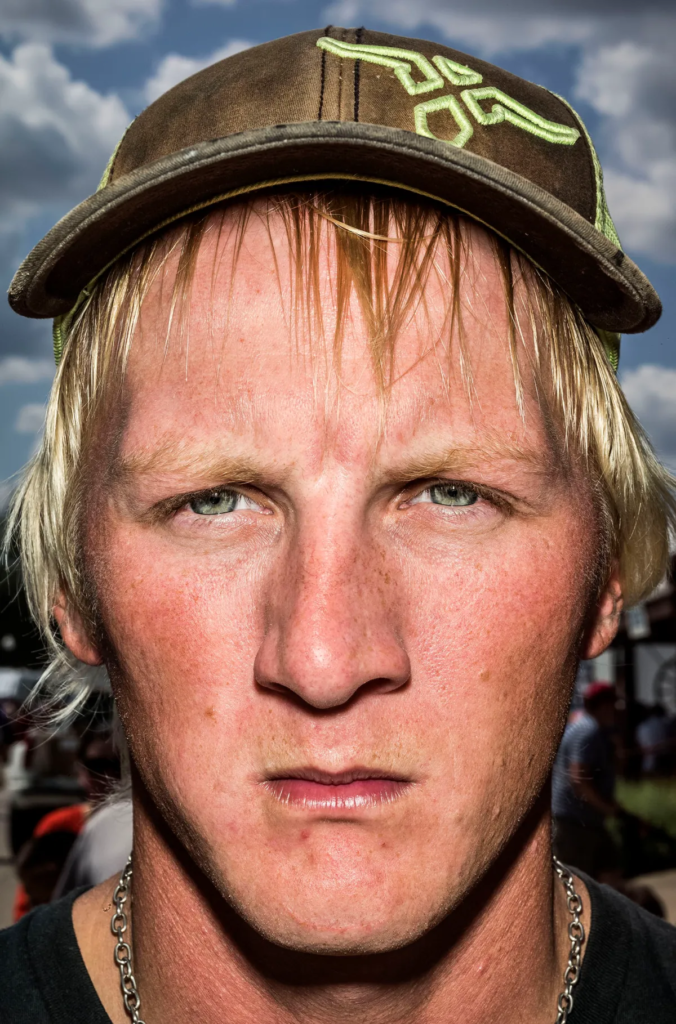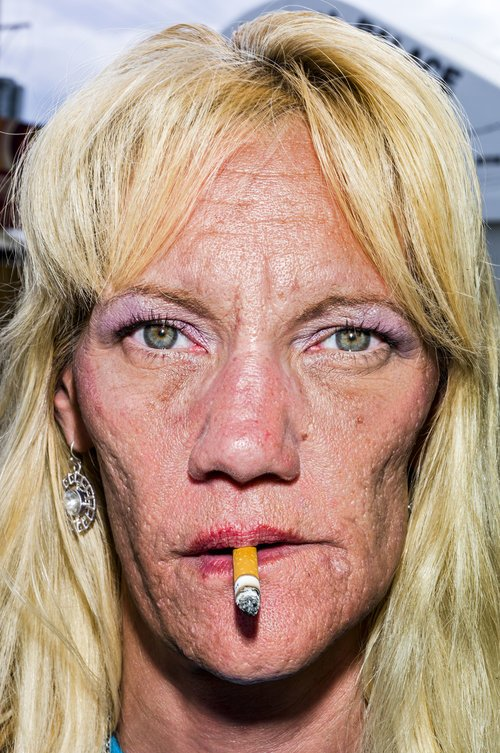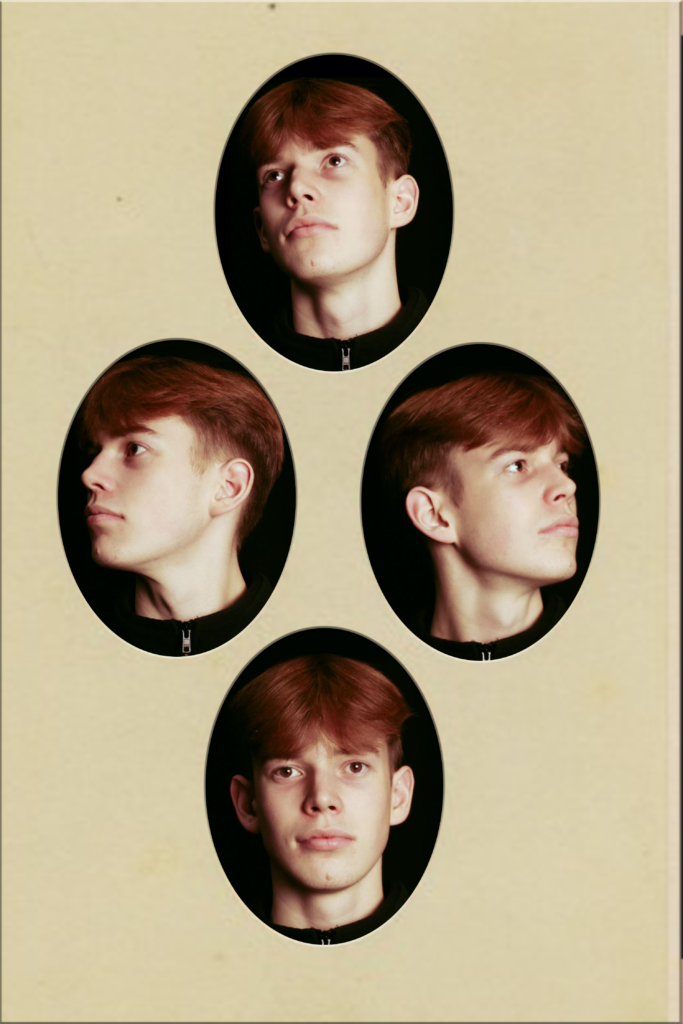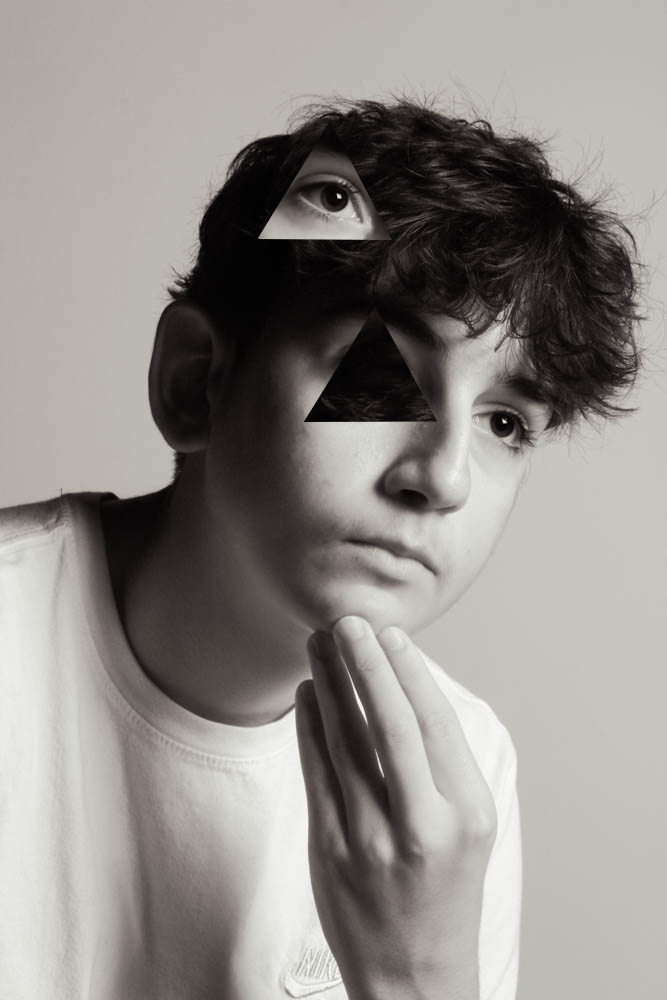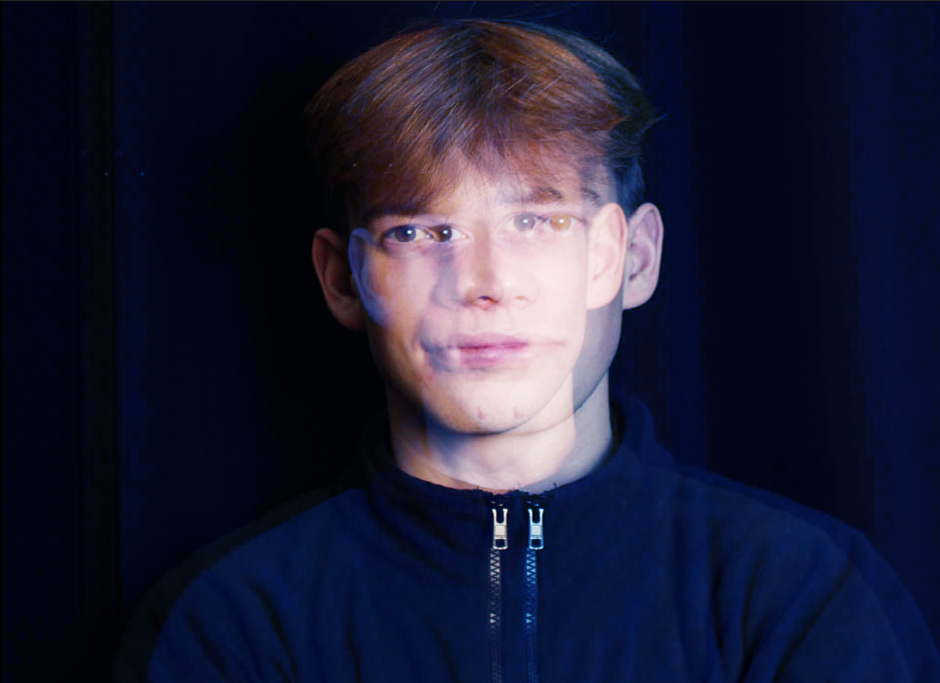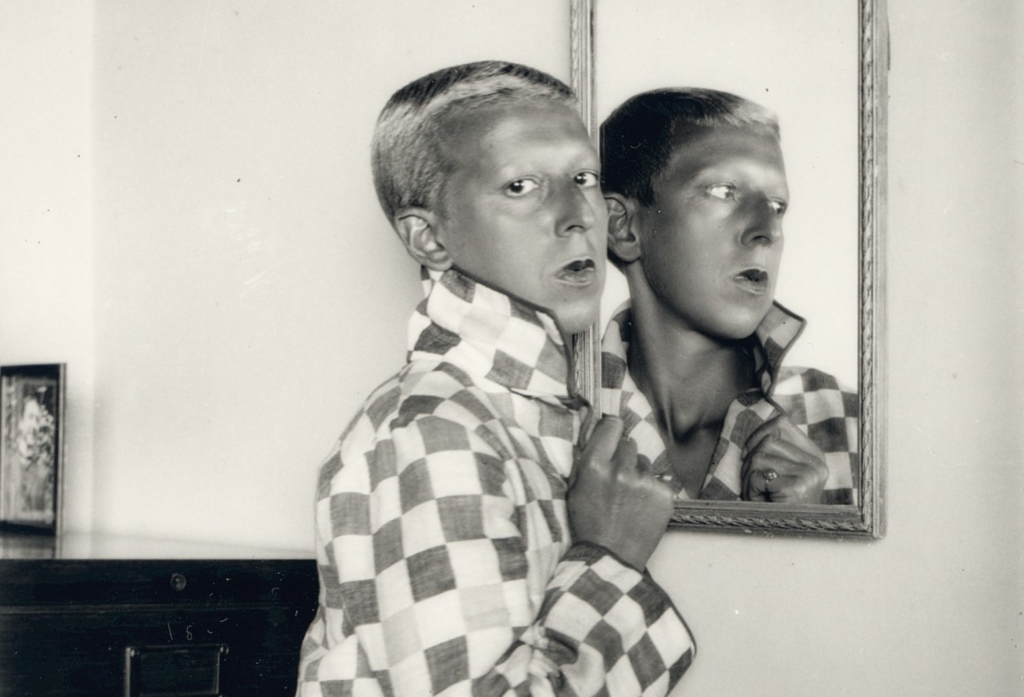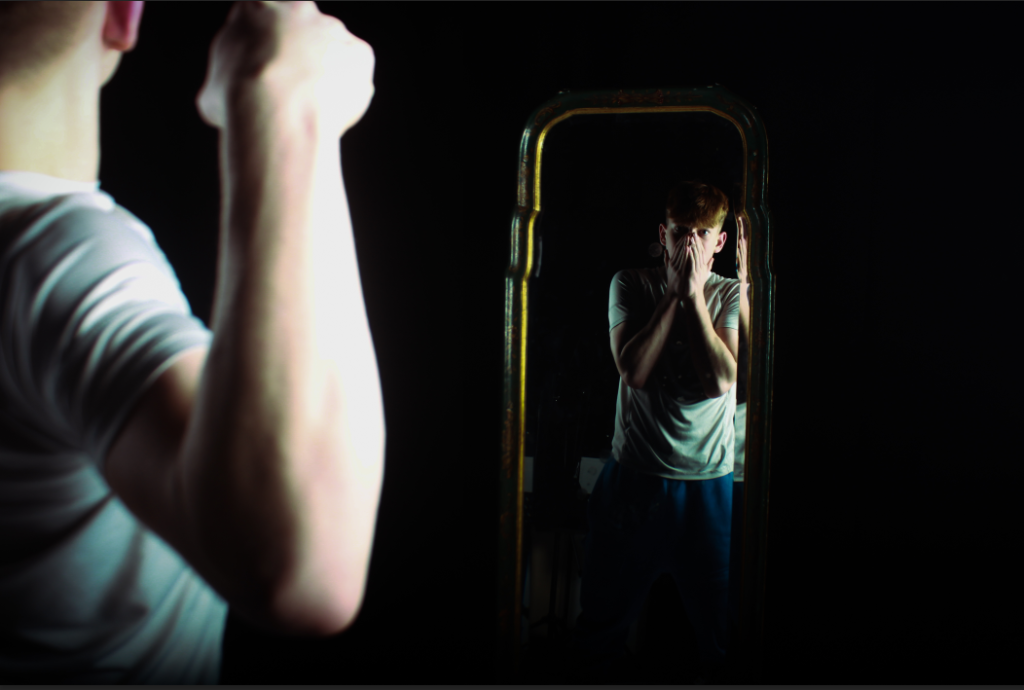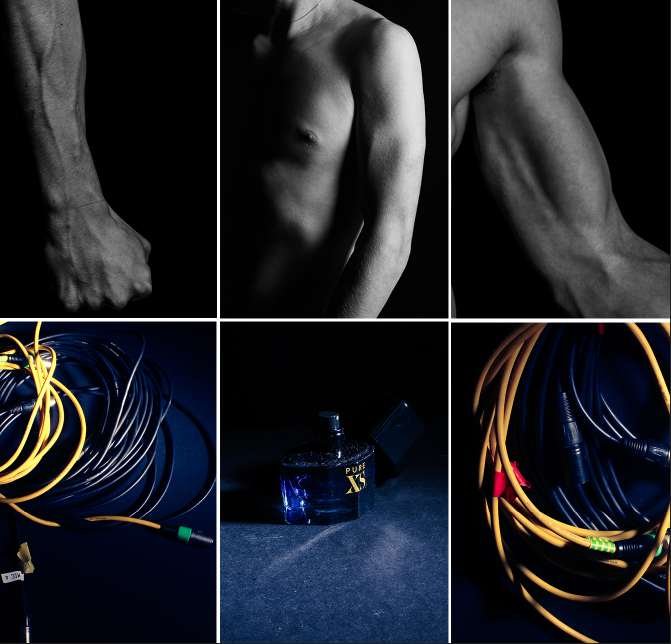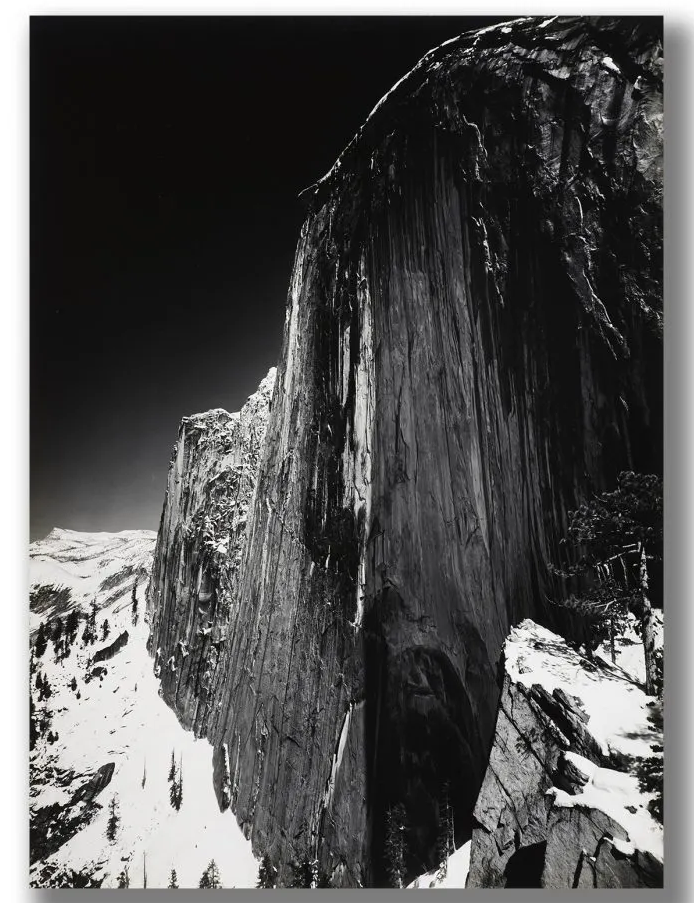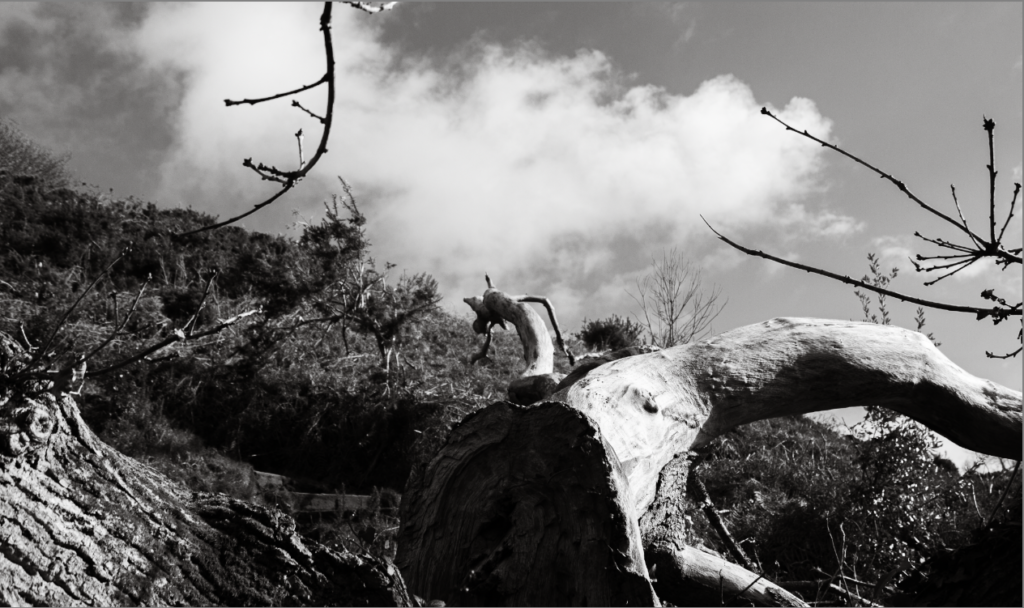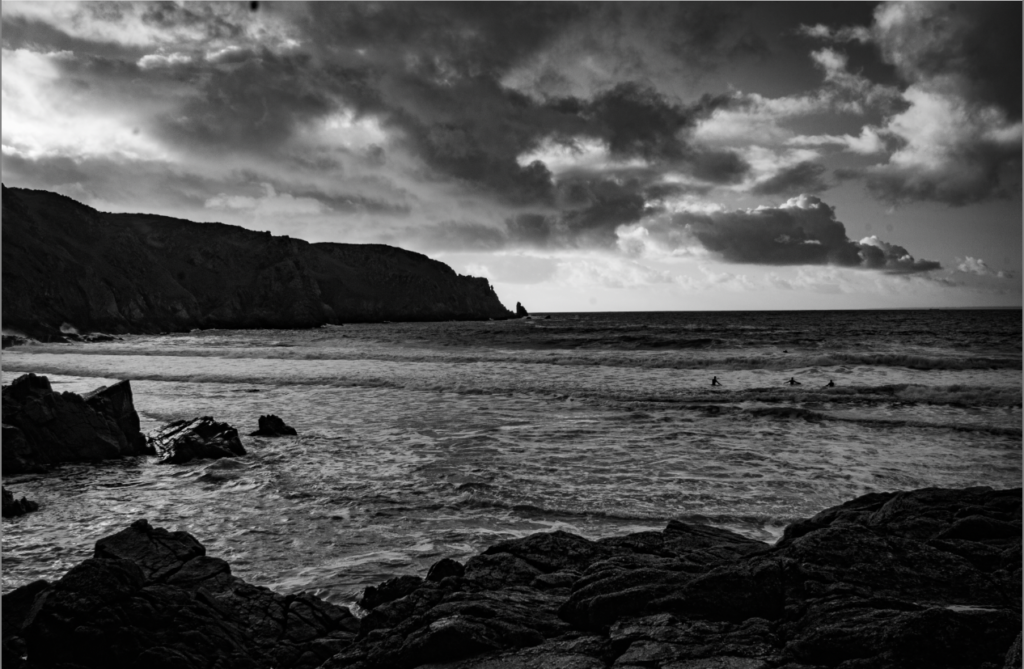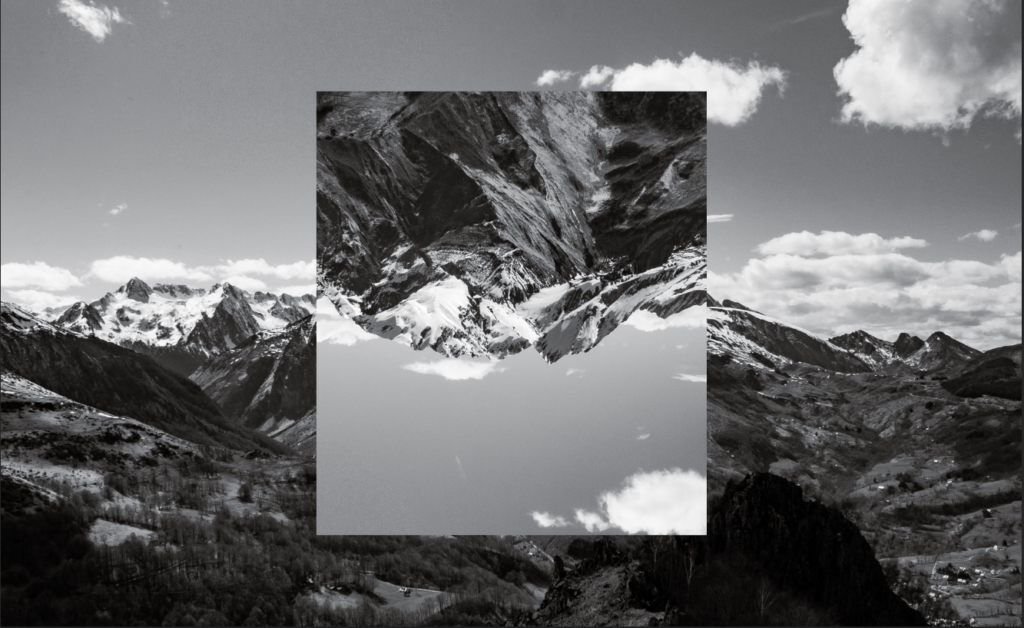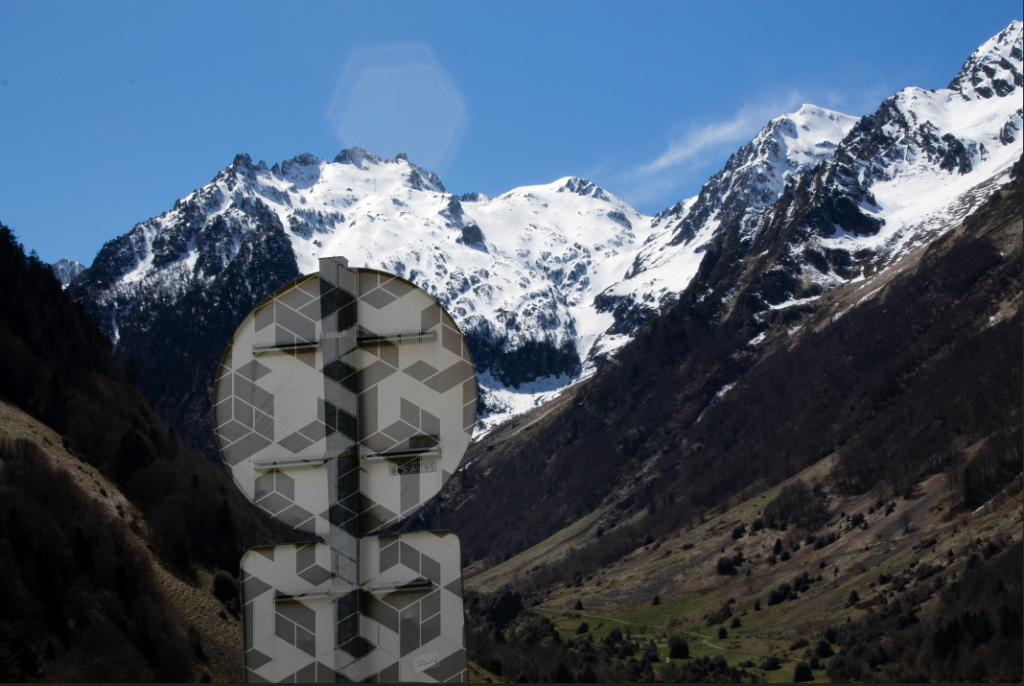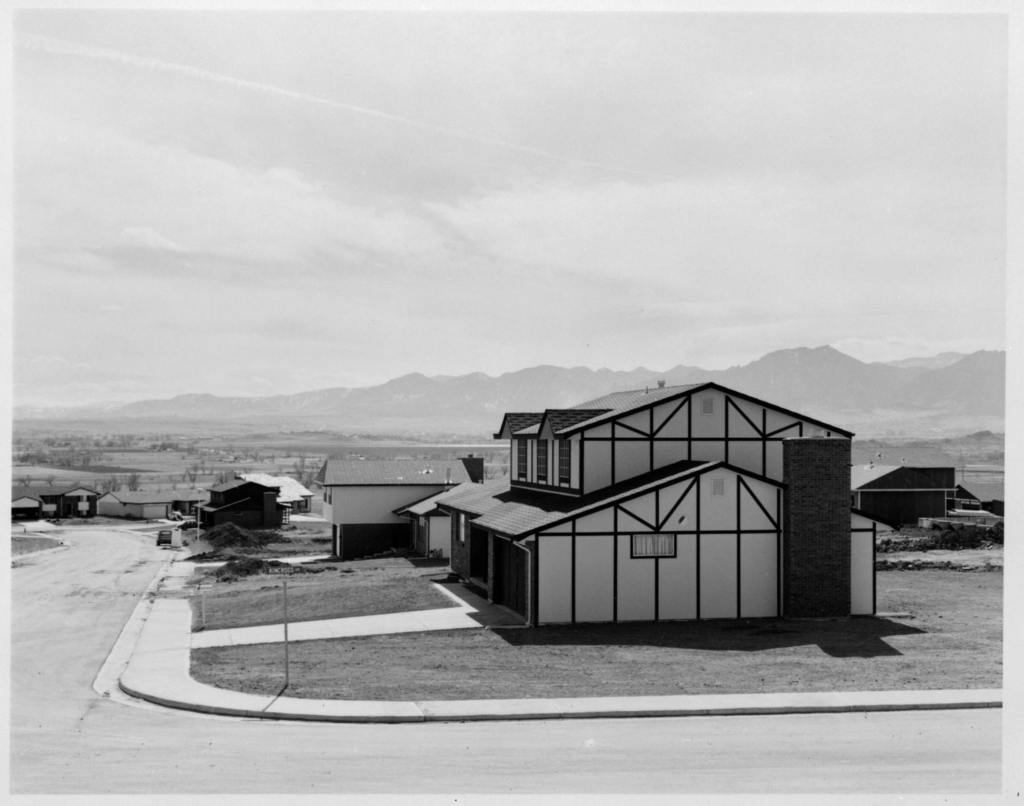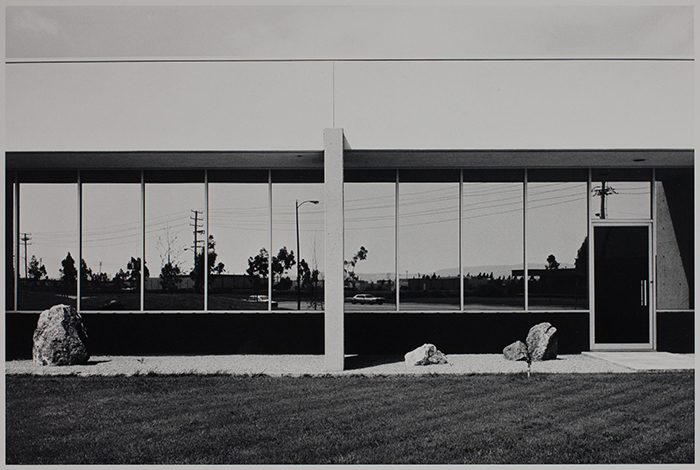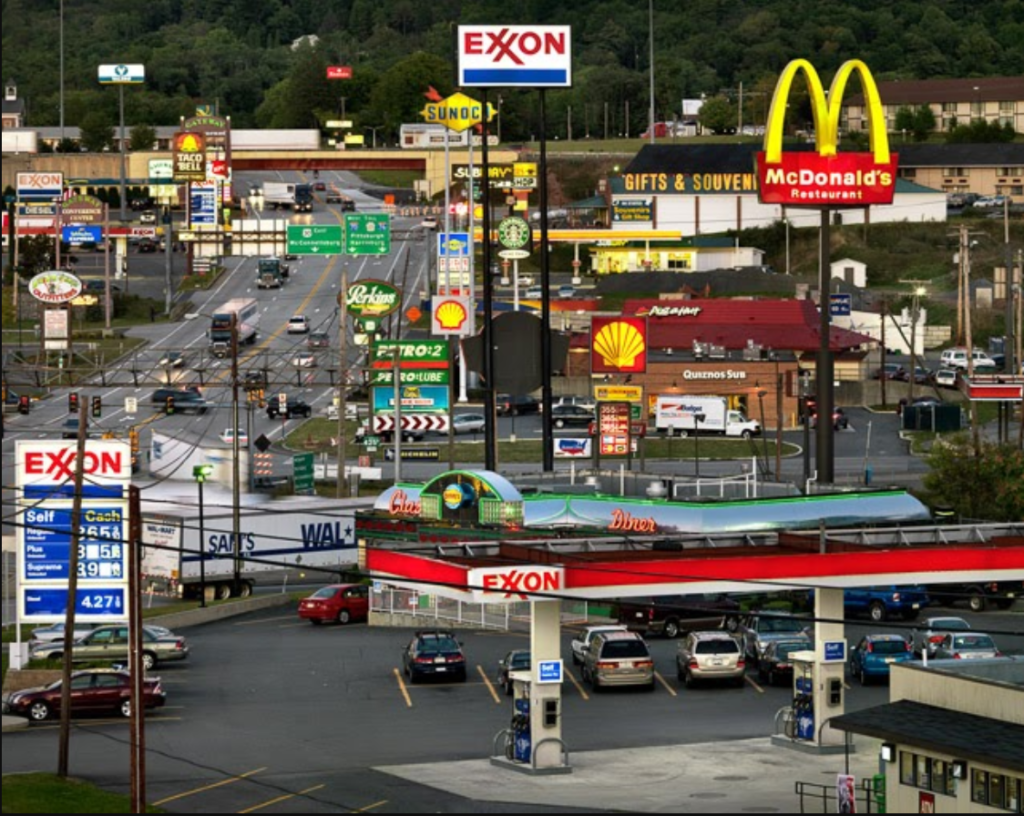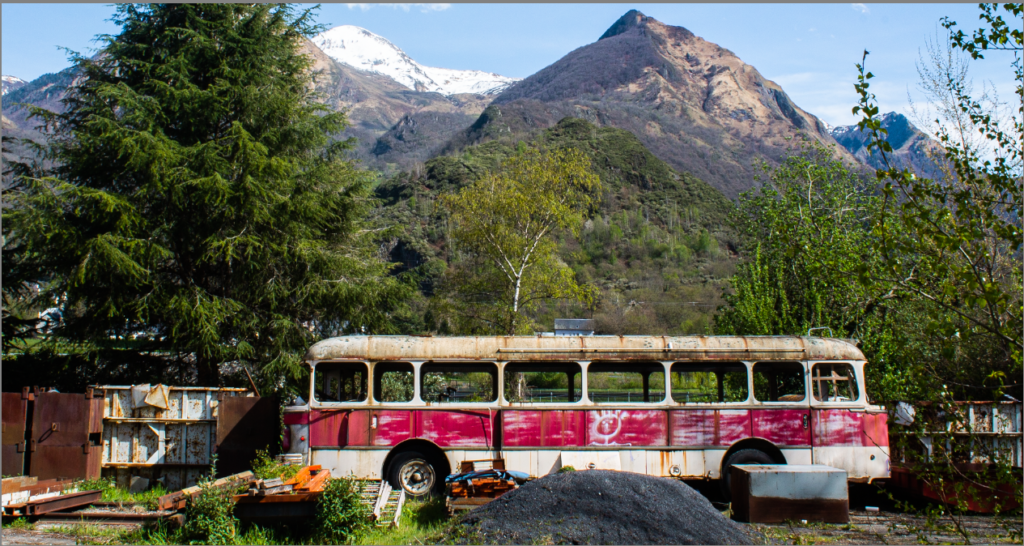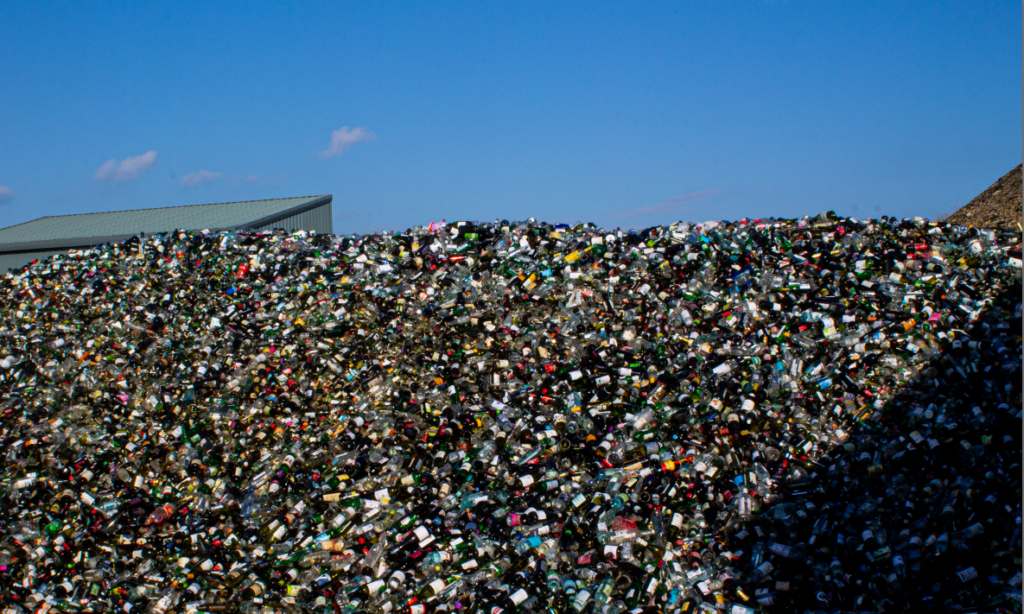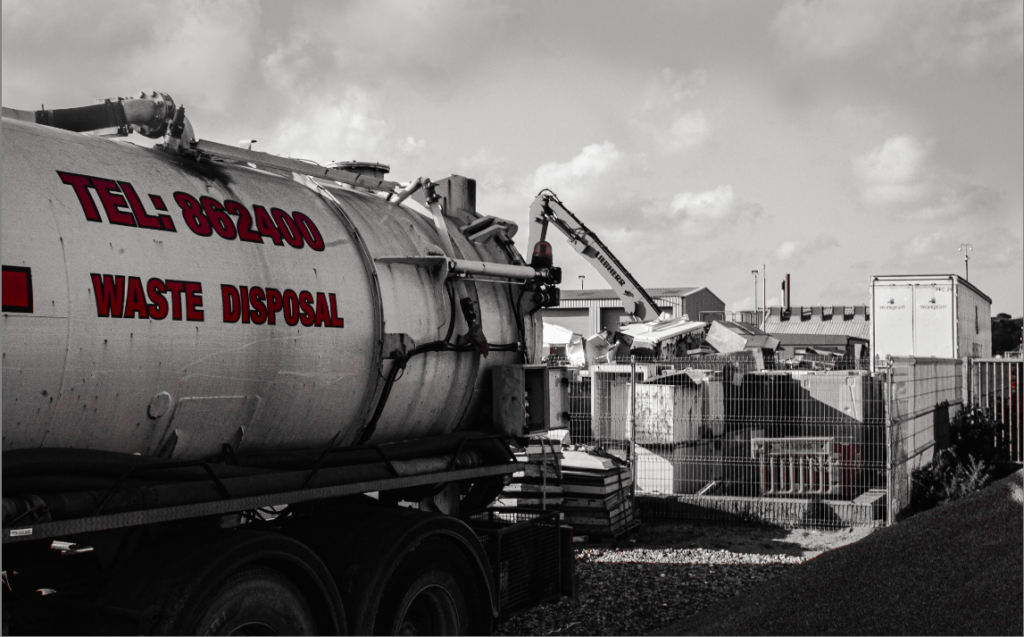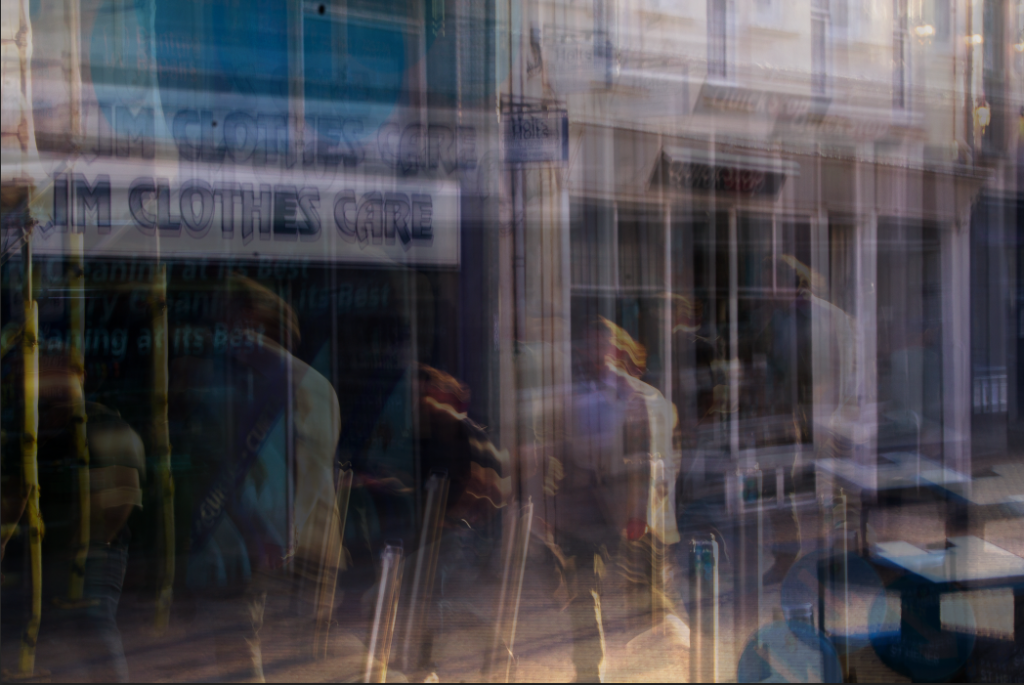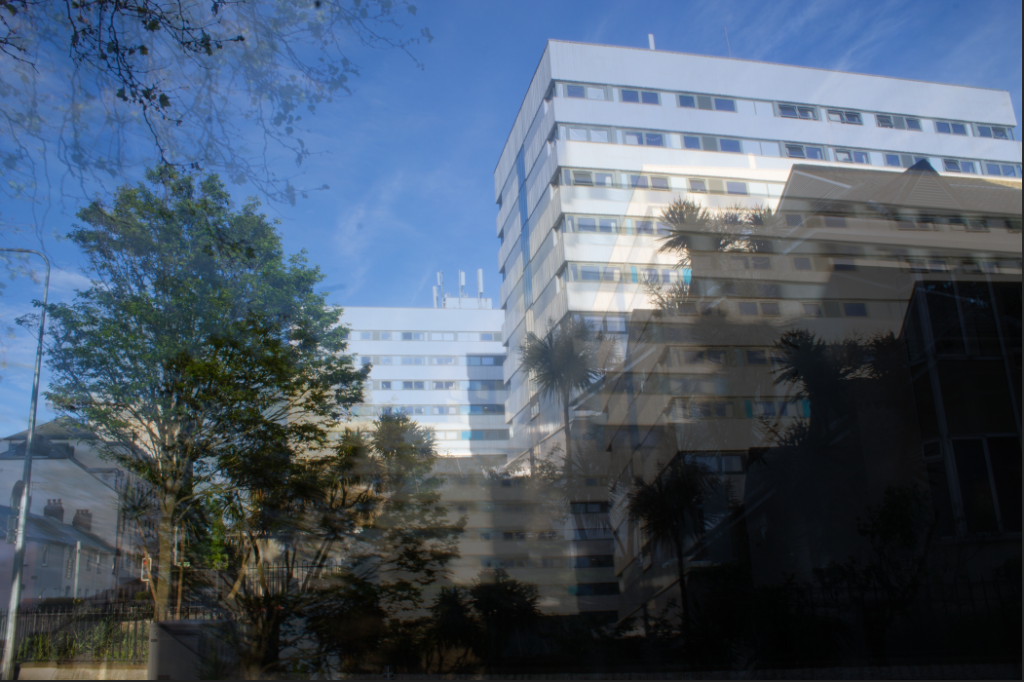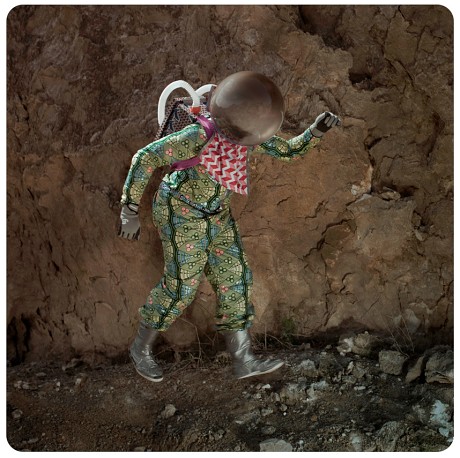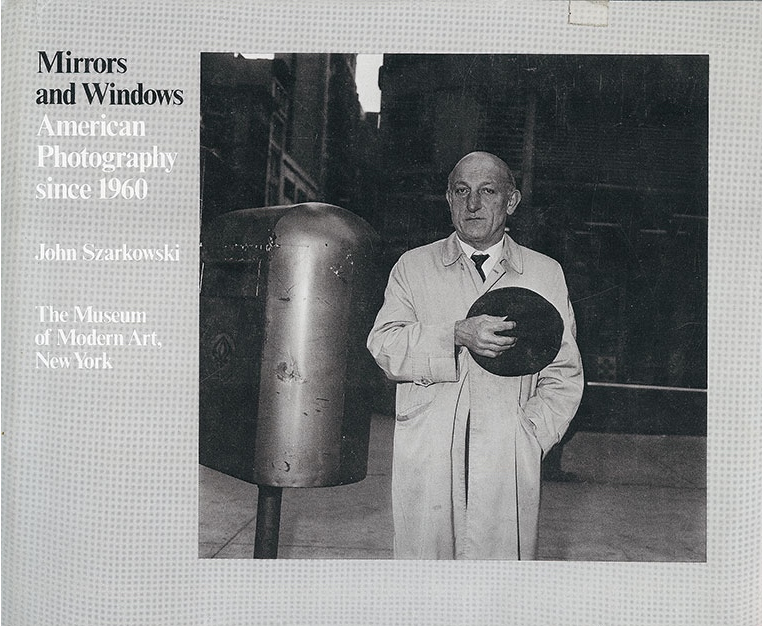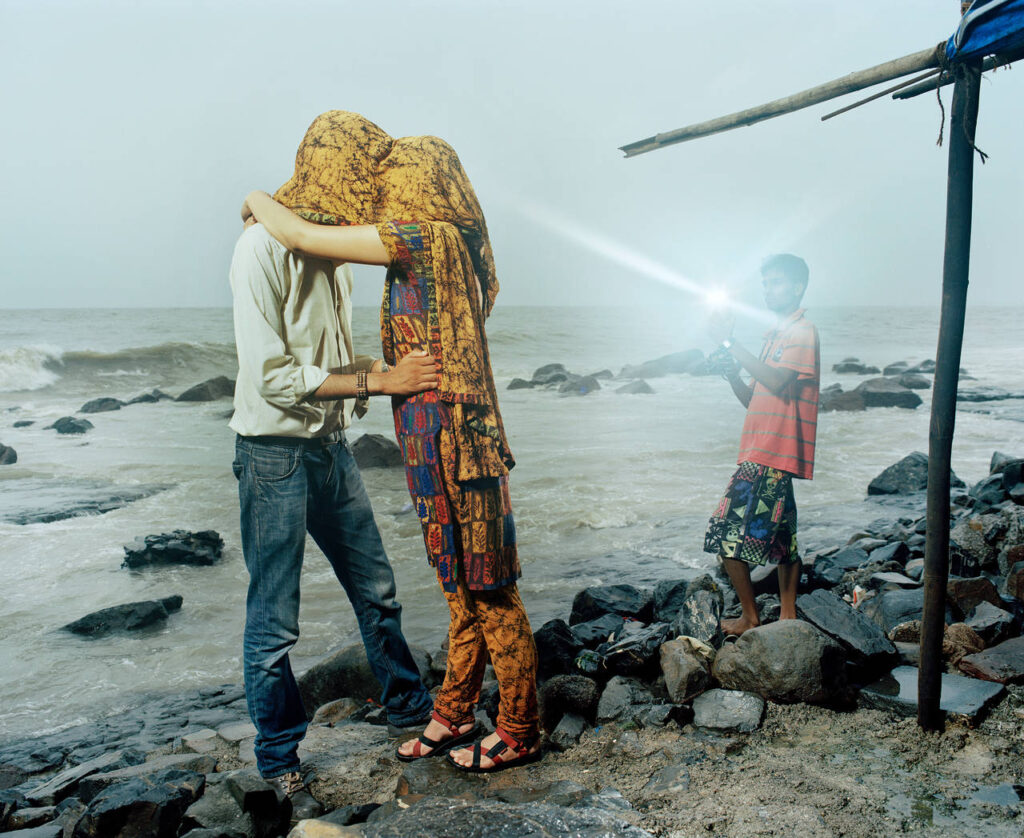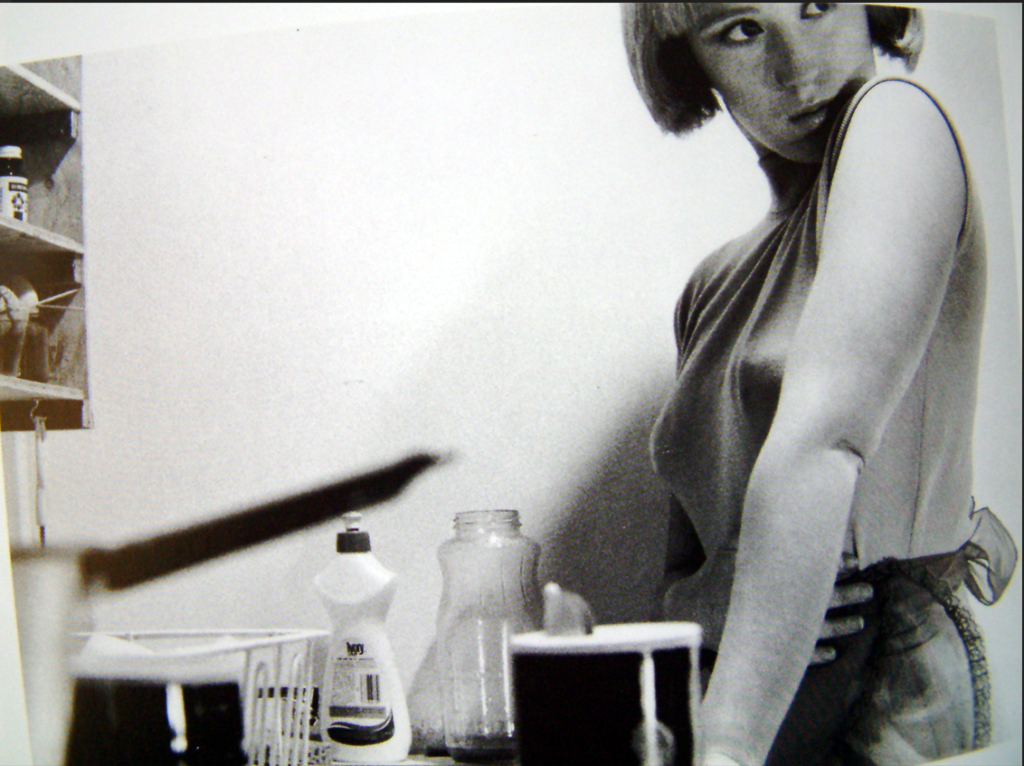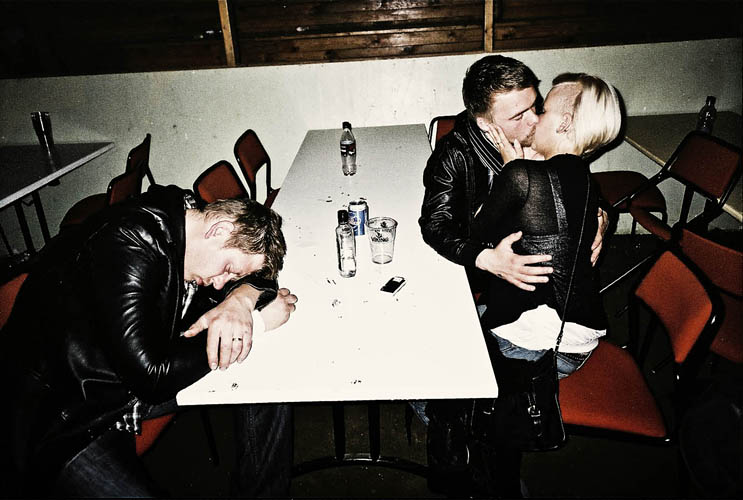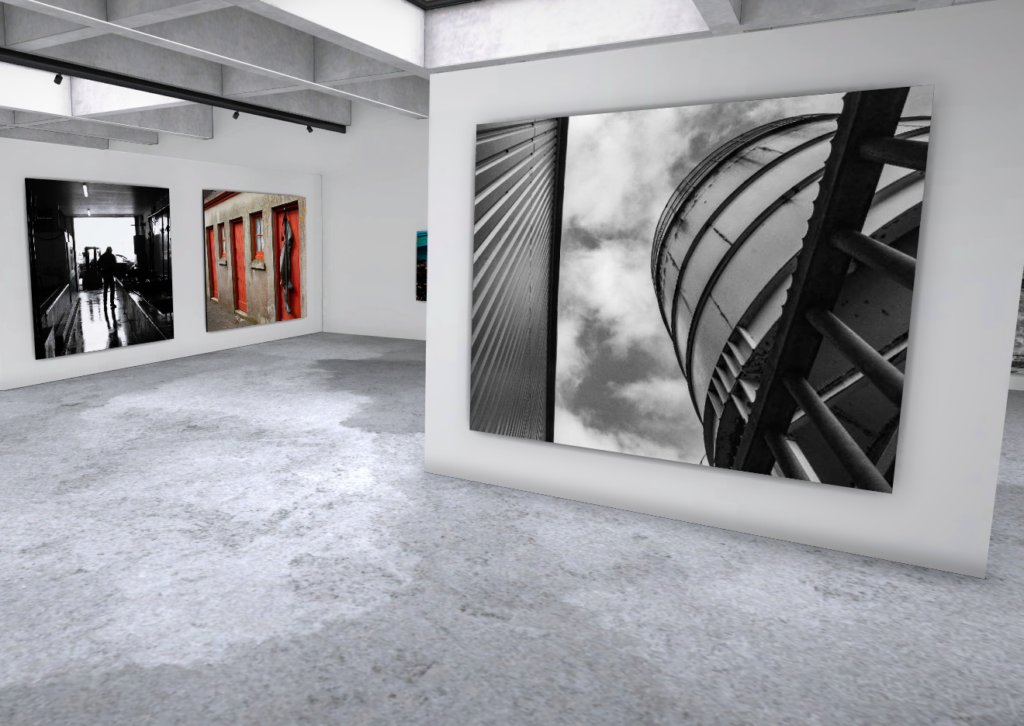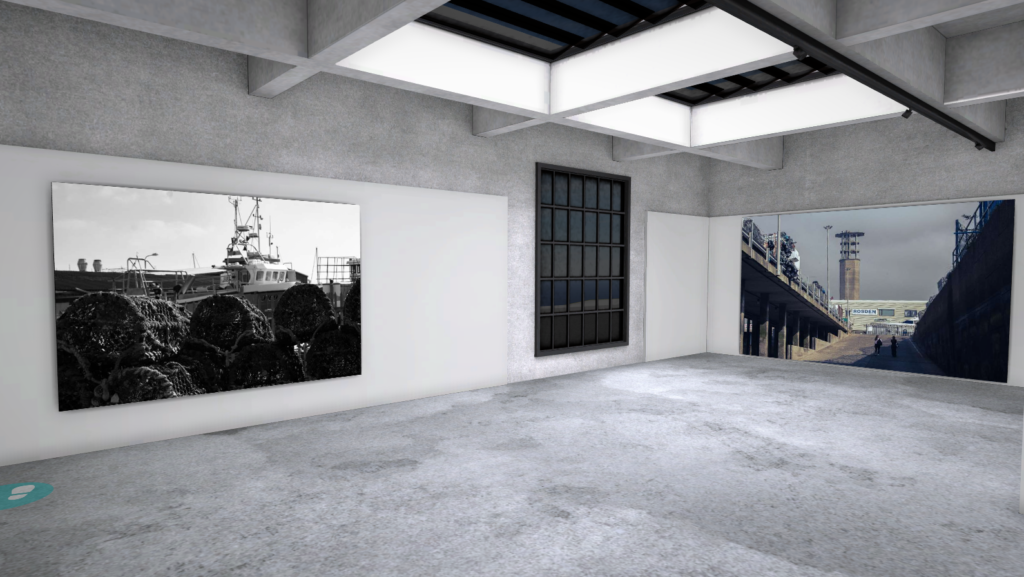For this photoshoot, I got 4 of my team mates to take photos of, I asked them to go into different posing, with consistent, Rembrandt lighting. Its important to use this lighting technique as it adds a dramatic effect with a lot of the face being in the dark, while keeping it natural looking. It adds a small triangle under the eye that’s in the shadow, drawing more attention towards it. The eyes normally tell the biggest story in a photo so its important to keep the eyes easily visible in a photo. For the camera settings, I set it to manual with iso set to 200. This is to keep the images crisp, as well as giving me control over the focal length with the f-stop and exposure time with the shutter speed. This allowed me to experiment more with these two effects. For some of the shoots, I kept the camera on a tripod, but then decided to keep it off, since basketball isn’t a consistent, repetitive game. So to switch it up I kept changing the camera angle and position to keep it interesting and in the theme of an intense sport. After getting some studio shoots, I had a short amount of time left to get some photos in the indoor sports area. My main inspiration for these images was the sports photographer Neil Leifer.
I plan on doing more of a story like photoshoot next, but since this is my first photoshoot, I didn’t what to go straight into it, so I kept it light hearted and playful. This was to show the importance of basketball for these people, and how much enjoyment they get from playing it.
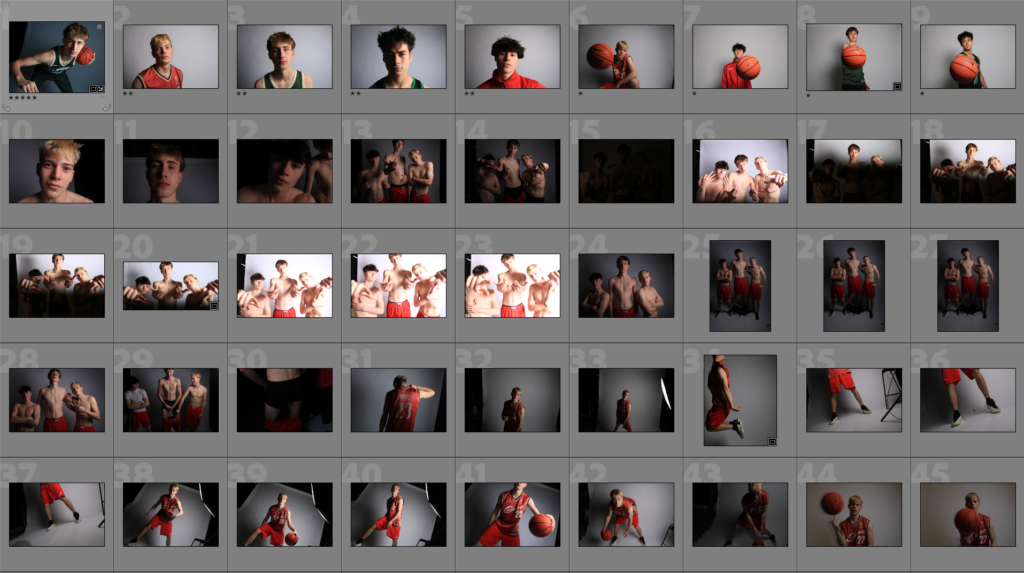
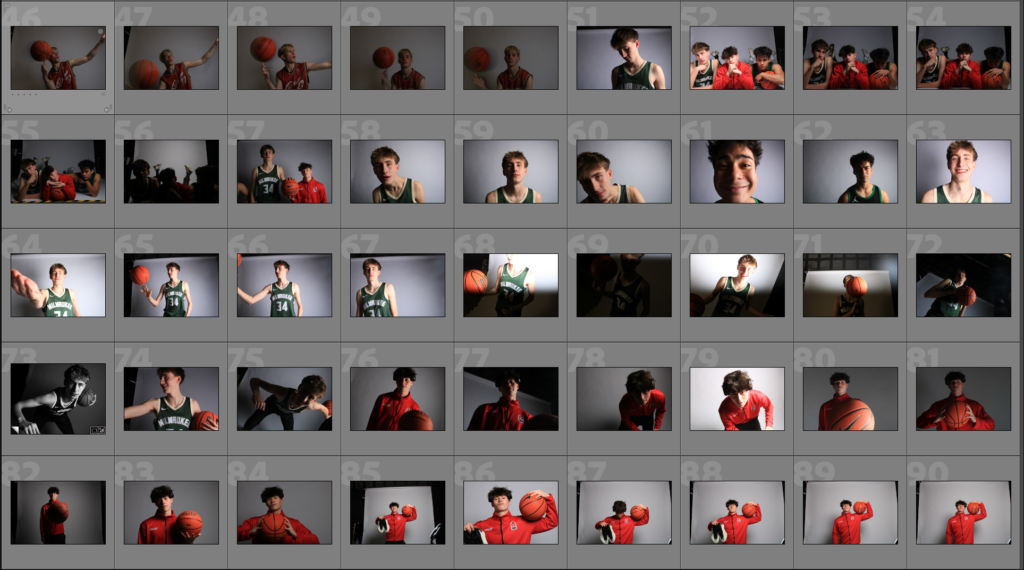

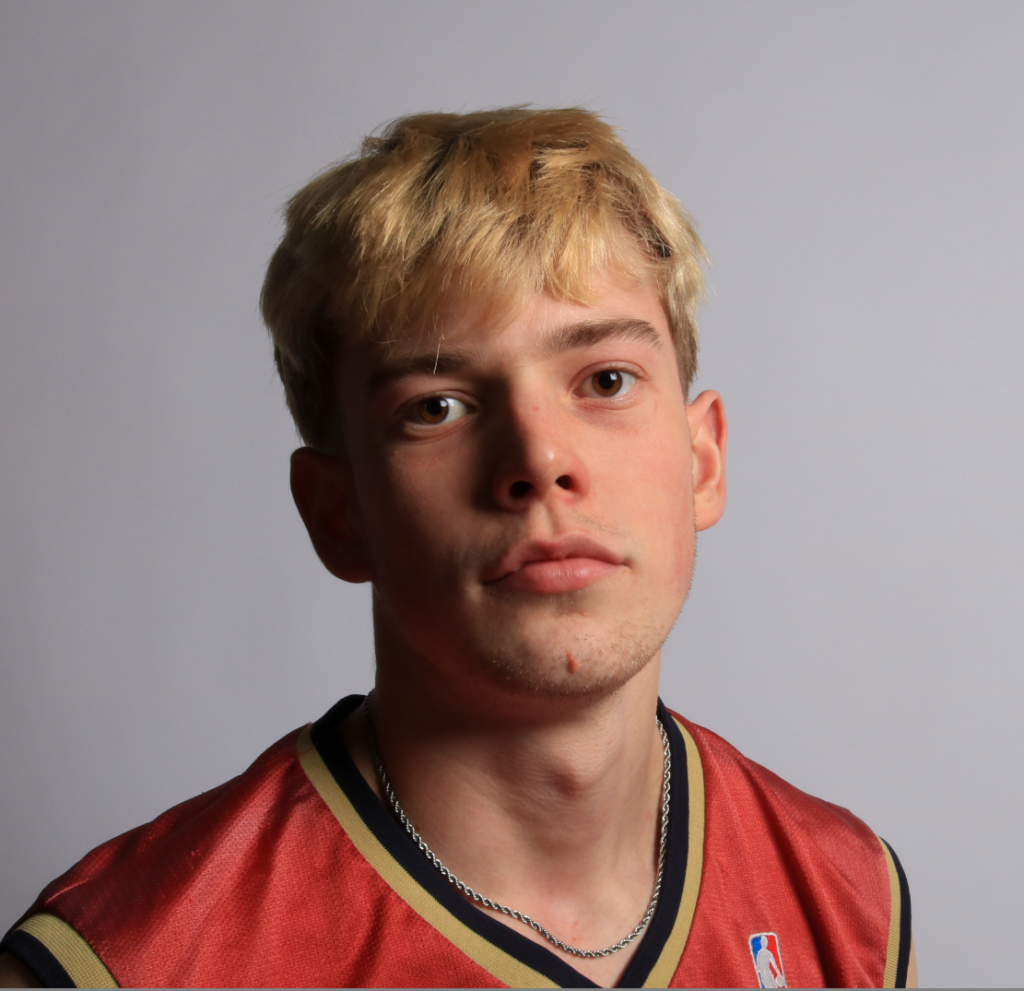
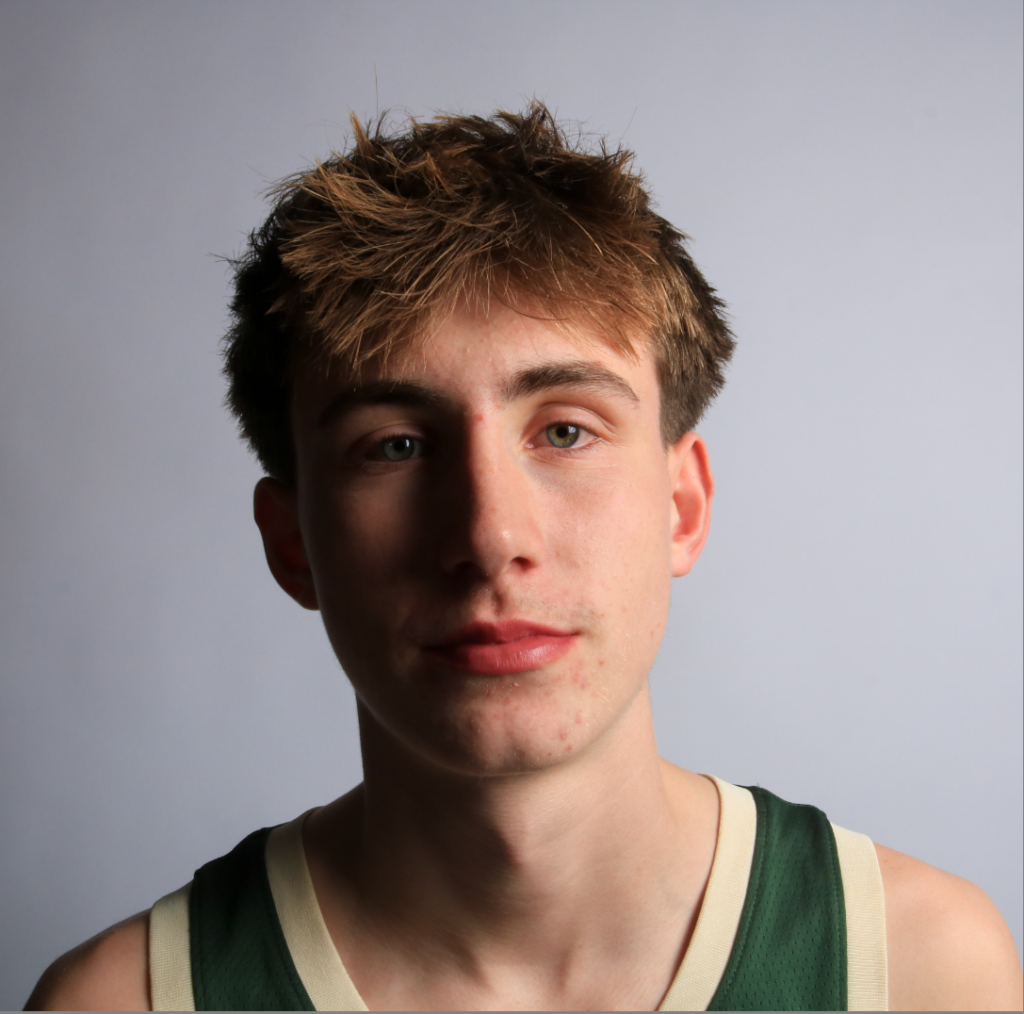

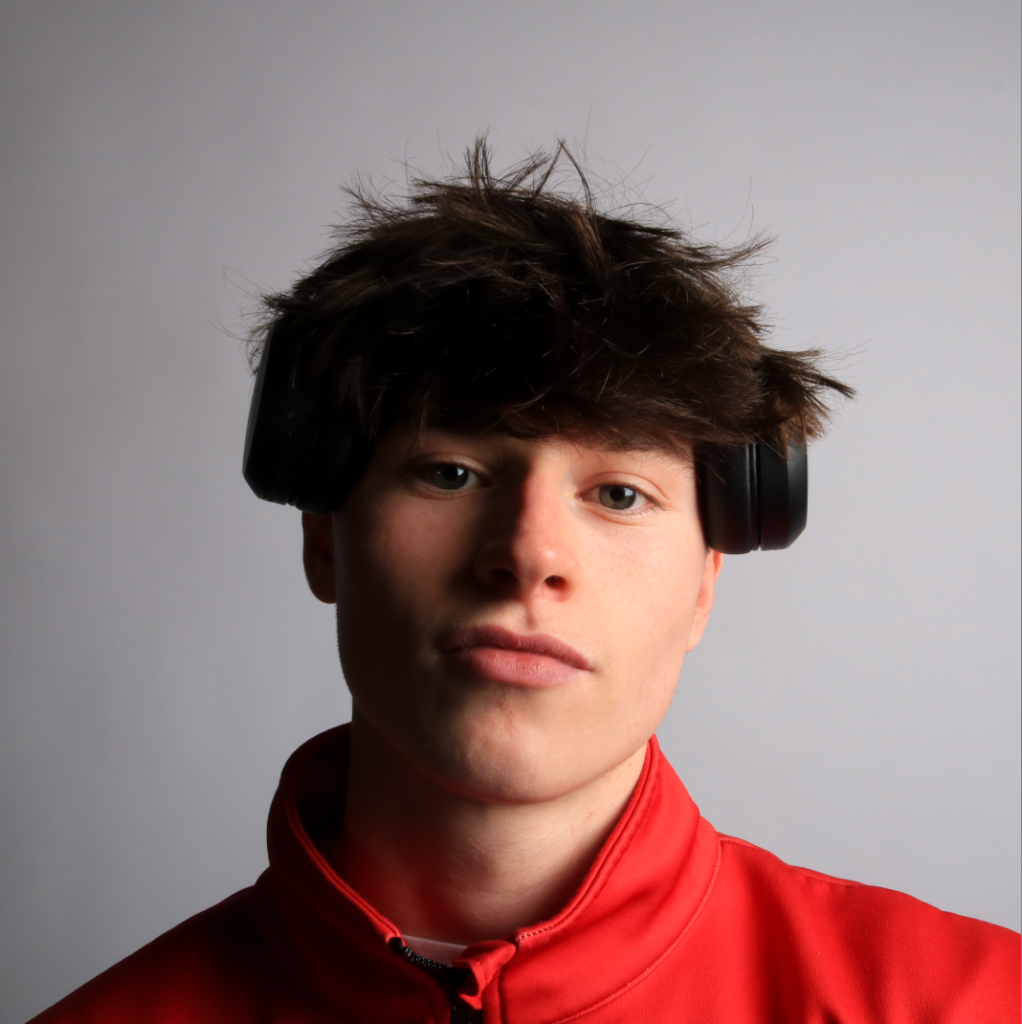
Here are 4 united portraits of my team mates, with the same Rembrandt style lighting for each. I asked them to keep a neutral face at first, but I ended up choosing different images, which presents there personality more, making this montage of images a bit more interesting. For example, harry (bottom right) put his headphones on because he’s always listening to music. I used a flash light on a 45 degree angle to there face, allowing me to keep the ISO as low as possible to get very crisp and high quality images.

Above I asked them to hold the ball in front of them, as its a common basketball pose. I think these images work better on there own but when I get to the experimenting phase I will try a multi-exposure or try to crop it so a montage will work well.

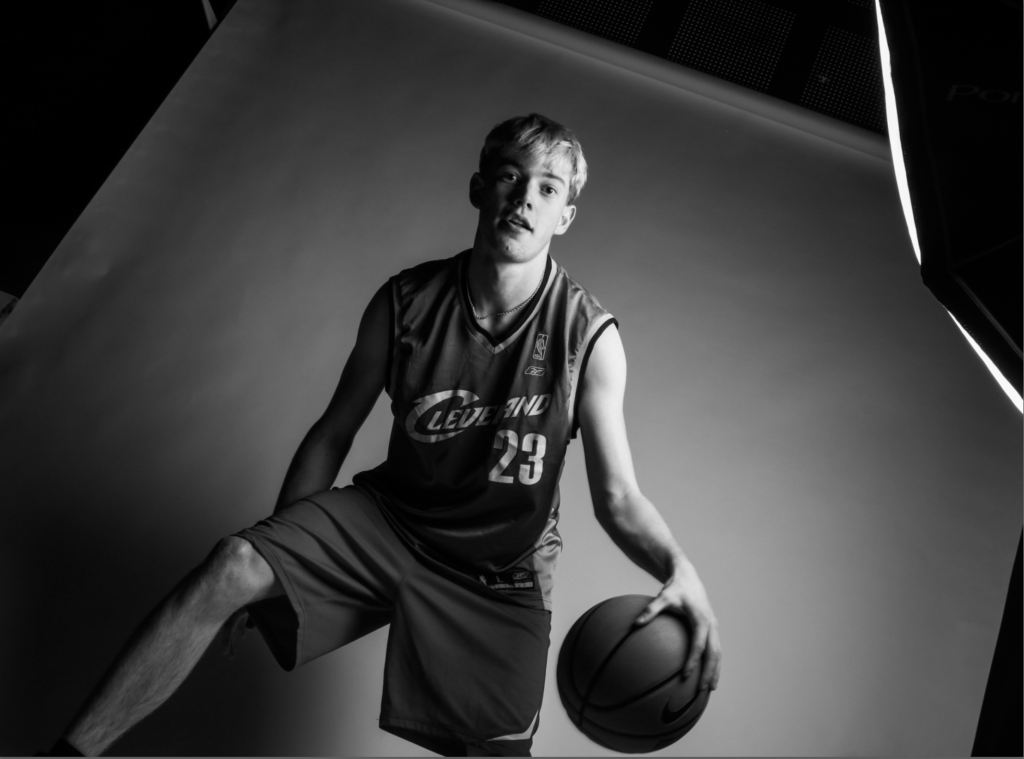
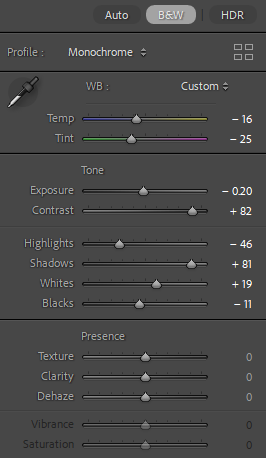
Here are two images that I edited in black and white with the settings above. For the top Image, there was a lot of the studio showing which I didn’t like so I used layer masks to remove it. However, for the lower image I didn’t end up cropping or layer masking the studio parts out, since I think it acts as a frame to the image, keeping the attention on the subject.
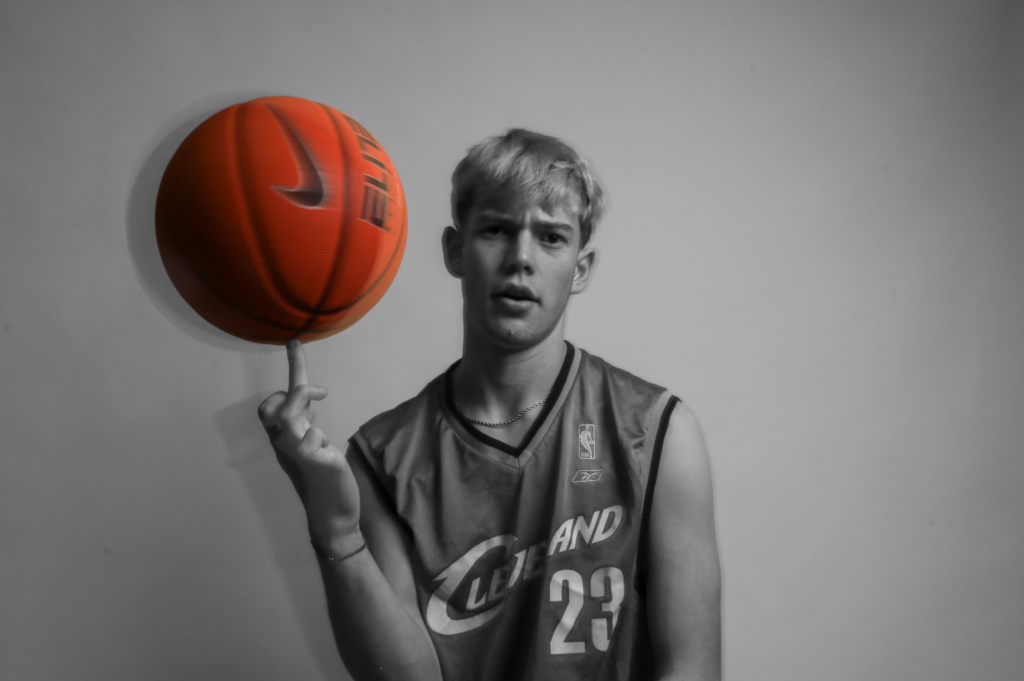

Here I experimented with selective colour fill to draw more attention towards the basketball, while keeping the rest in black and white. My friends face is very serious instead of deadpan, making this image more dramatic. I also used Rembrandt lighting again to further add a dramatic effect. I used a very slow shutter speed to give a sense of motion from the spinning ball, adding a sense of time to the image. I also like this image as it looks like those pictures which, when you change your viewing angle it changes the image shown.
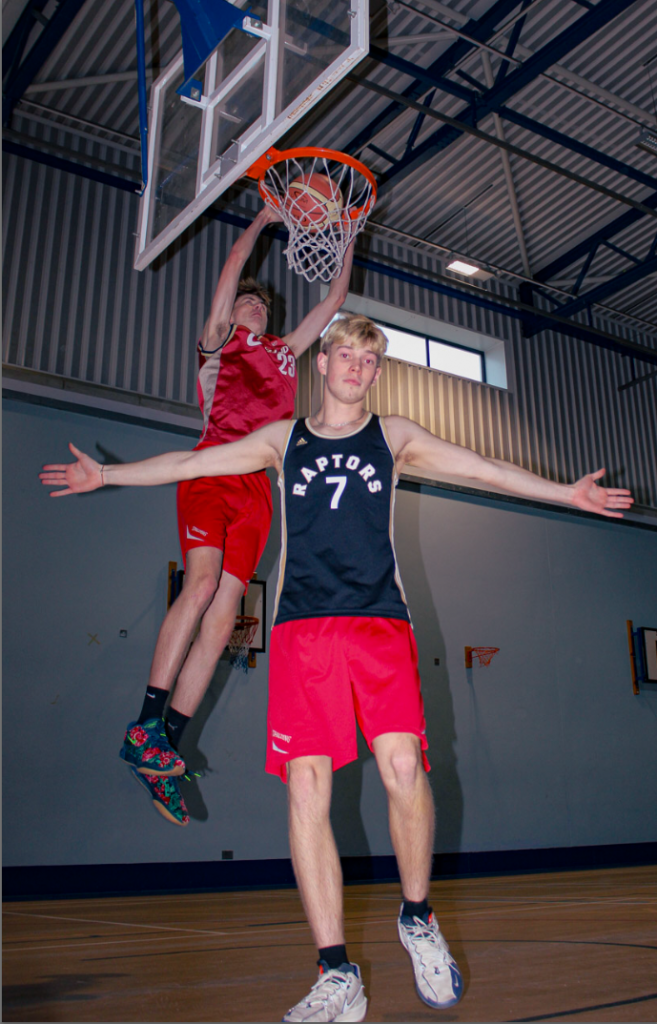

This image at the top was heavily inspired by famous sports photography, like the one below it, a photo of LeBron James dunking from Dwyane Wade’s assist, leading the heats to victory, as well as being one of the most iconic basketball photos ever. To replicate it, I asked my friends to do a similar movement to the athletes. I shot this image portrait instead of landscape because I wanted my own twist on the image, as well as showing each of the subjects fully. The main difference between my image and Gash’s 2010 shot is that his is a documentary and mine is a tableaux. Here is my edited version of it:

I’m not to sure about this edit, where I increased the contrast, decreased the shadows and added a layer mask covering the subjects, as it look a little scary when it was suppose to be a light hearted image, so I think Ill leave the image as is.
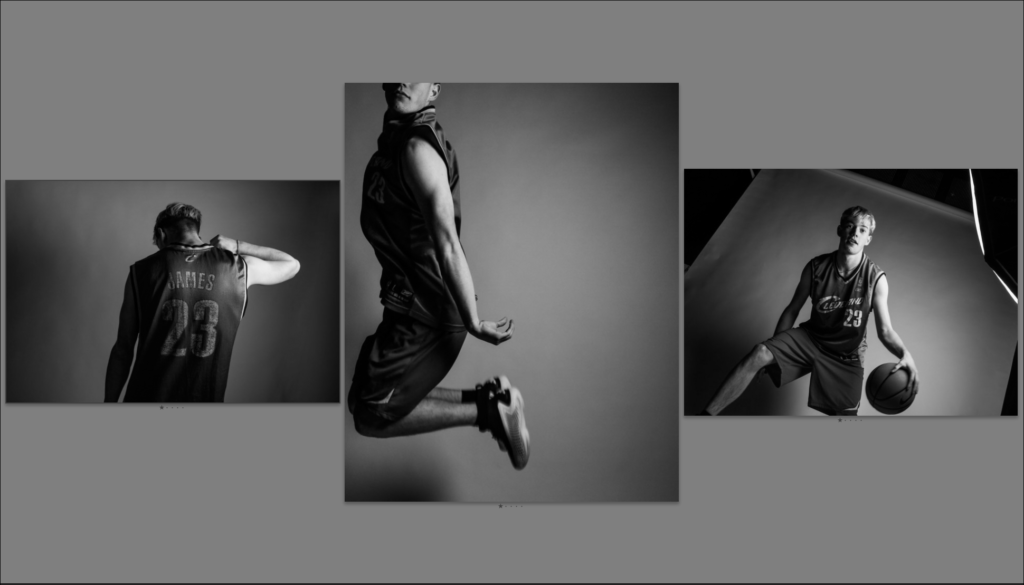
Here is a montage I put together which I quite like above.
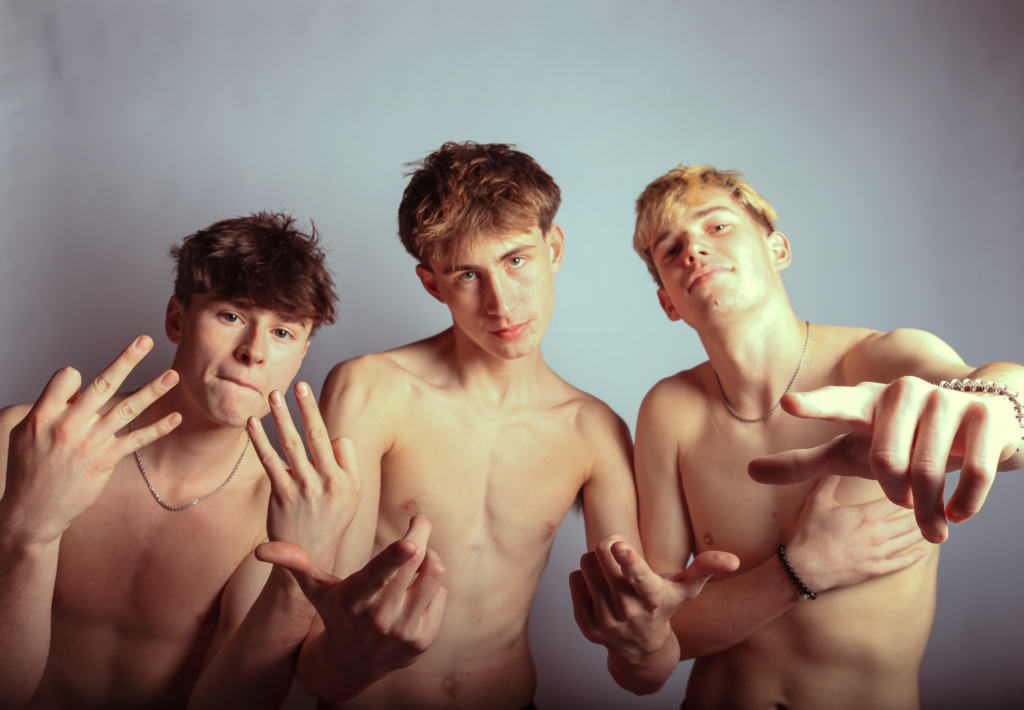
Here, I took a lot of inspiration from Tom Woods photos, where sometimes he would get teens to pose in the camera, however with my photo I took it in a studio instead of in the street. This photo here almost looks like a boy band which I find funny. I edited the colour grading a little bit to give an older look.
Explanation
With these photos, I hope to add to each of them over time to get more choice in the images I want to use so the chances of getting a good image is improved (e.g. with better lighting, emotion, angle, ext). I will likely use these photos in my story booklet at the start to build up to the main story with another basketball player I will be using, as well as adding ‘comic relief’ if the photos end up being a bit too dramatic. Some of the Neil Leifer style photos will also be used in the photoshoot to add to the overall basketball theme that I’m trying to achieve. I also like how none of these photos have my main subject in as I am trying to over exaugurated his love for the sport, that he isn’t included himself with the rest of the team. This will make my photos more dramatic with him in, as he is all alone in the booklet.

